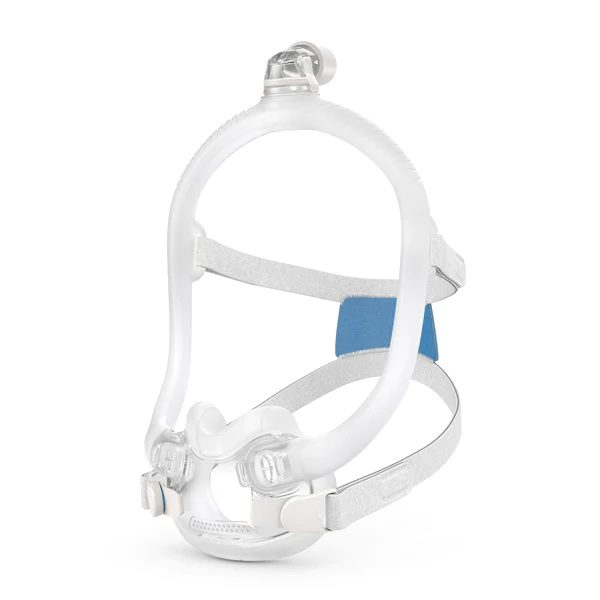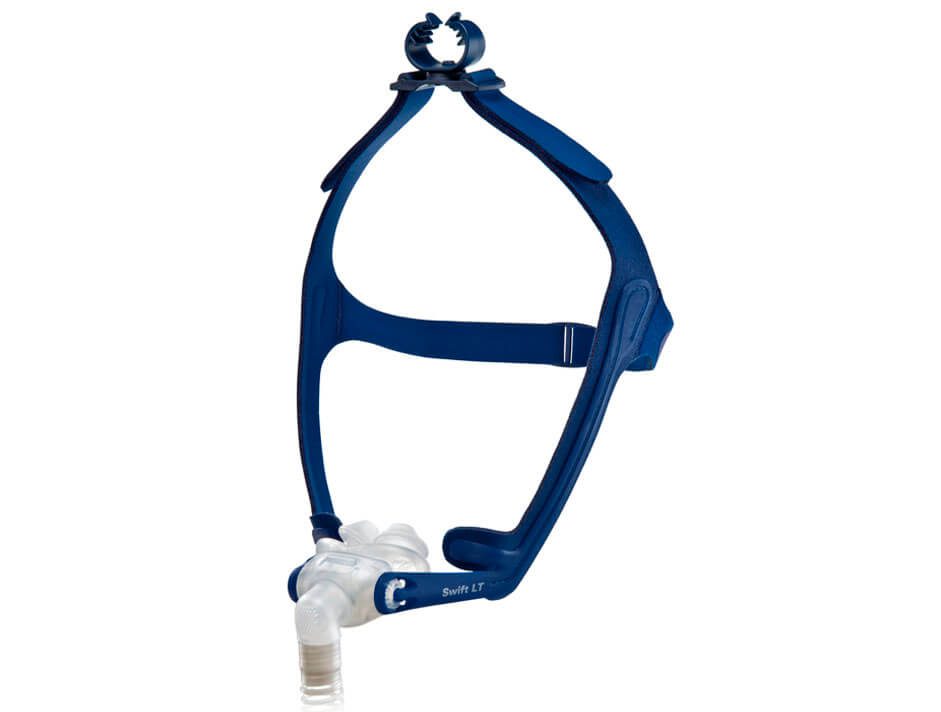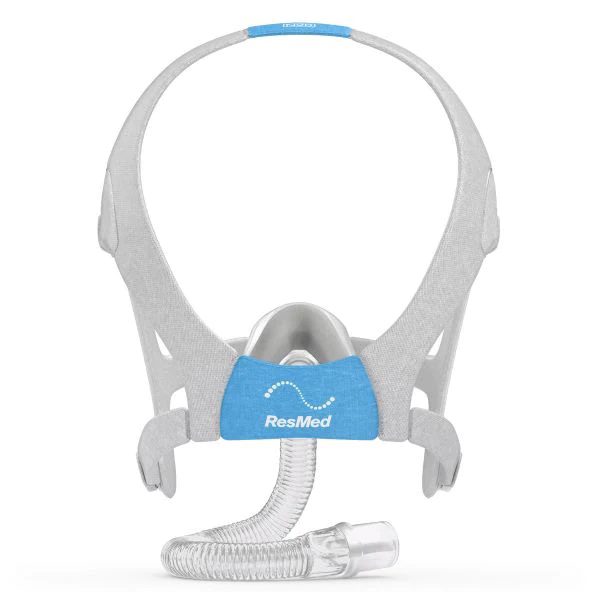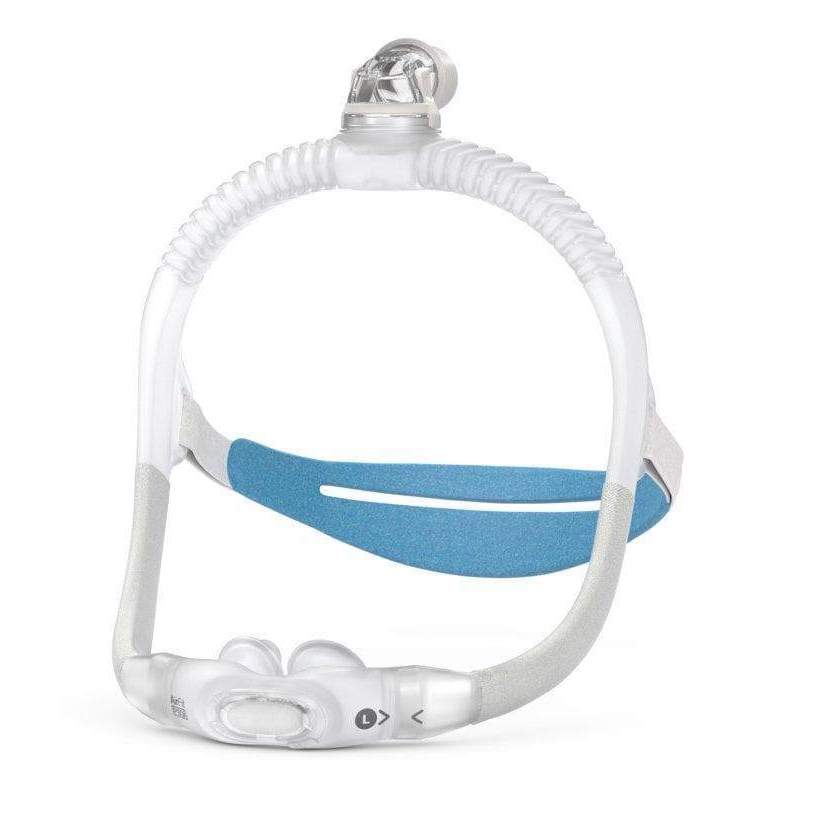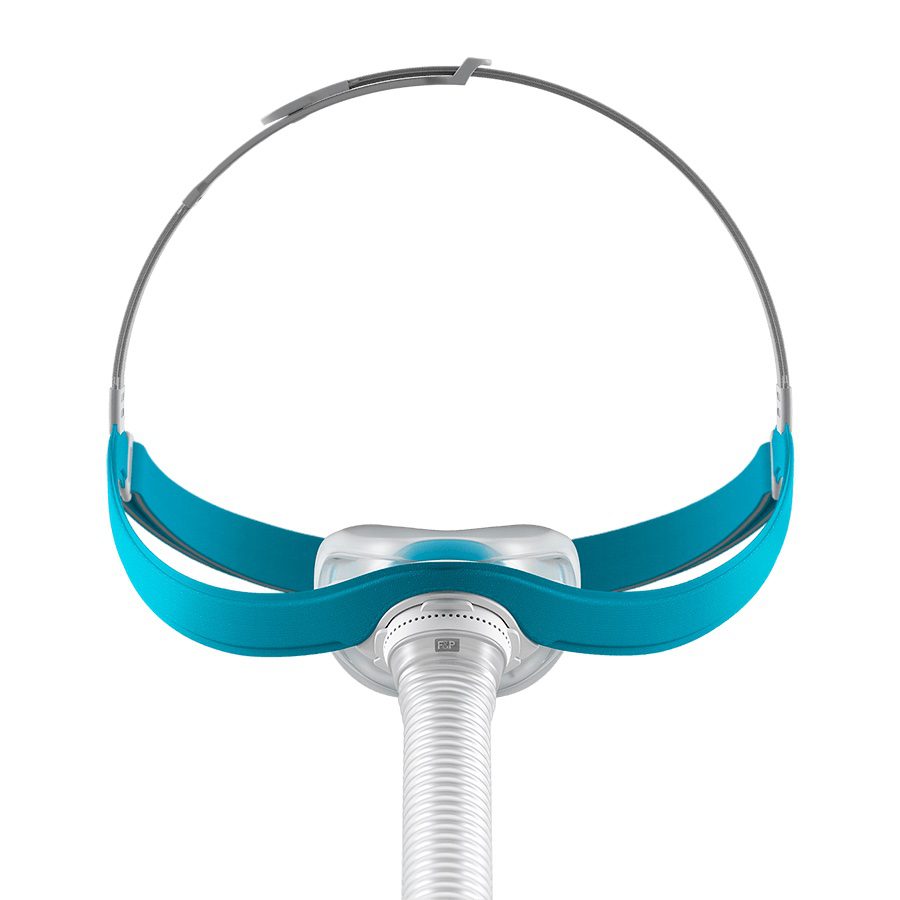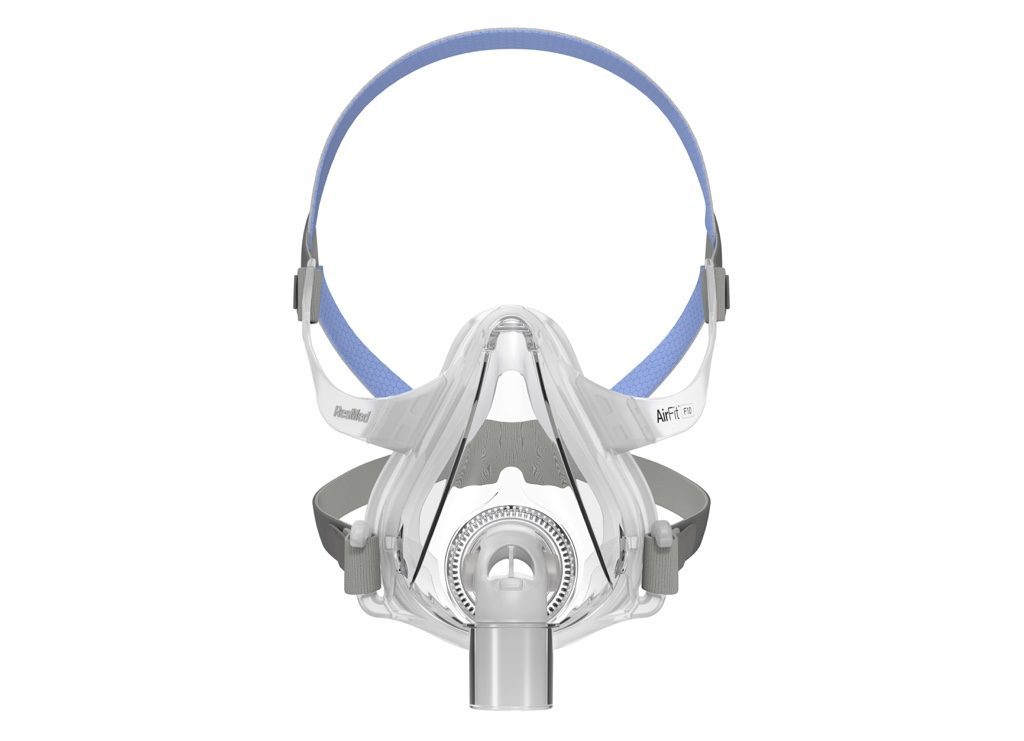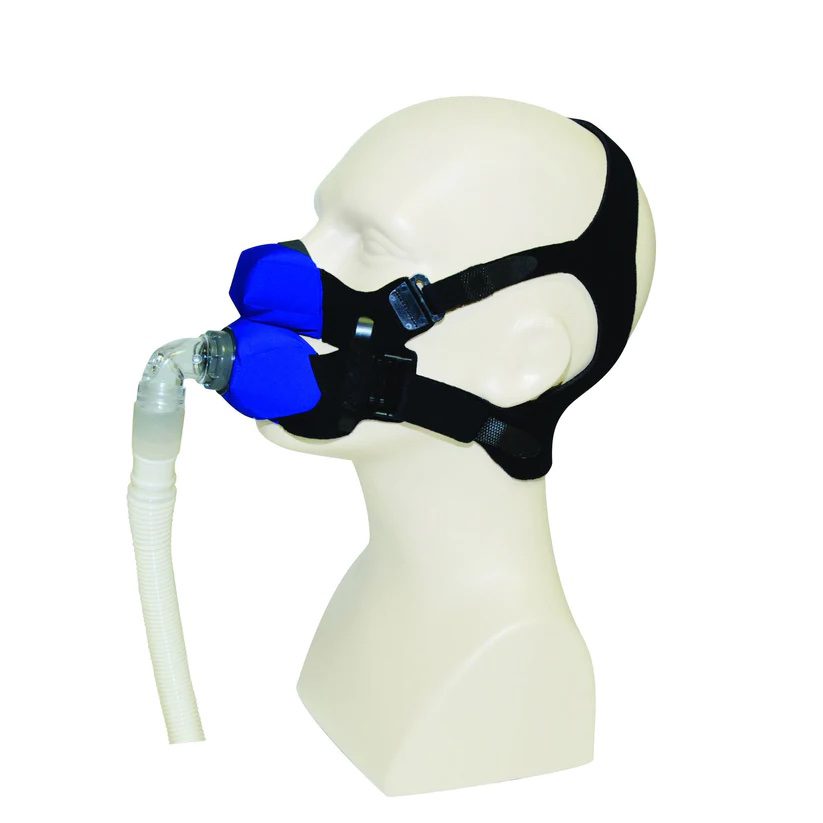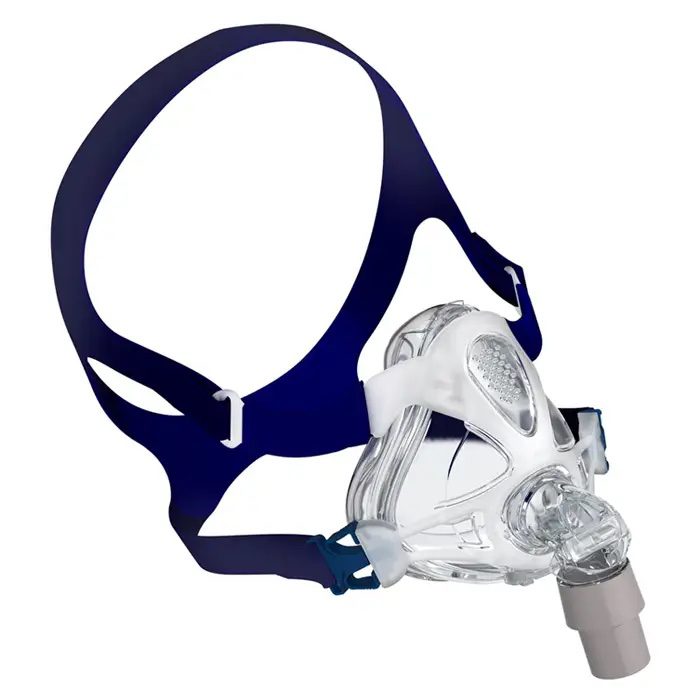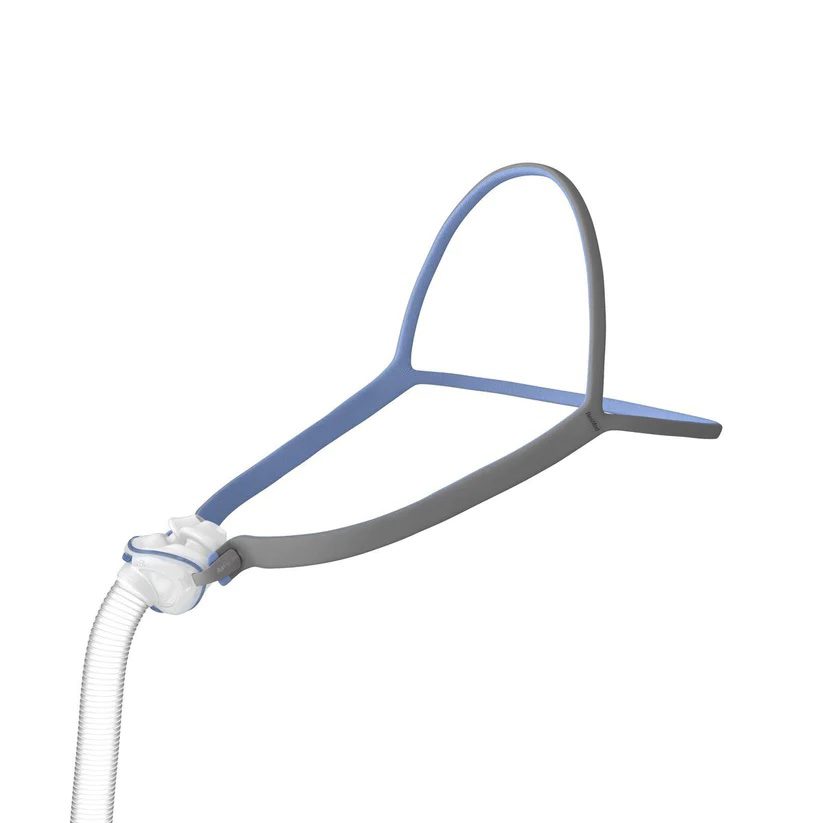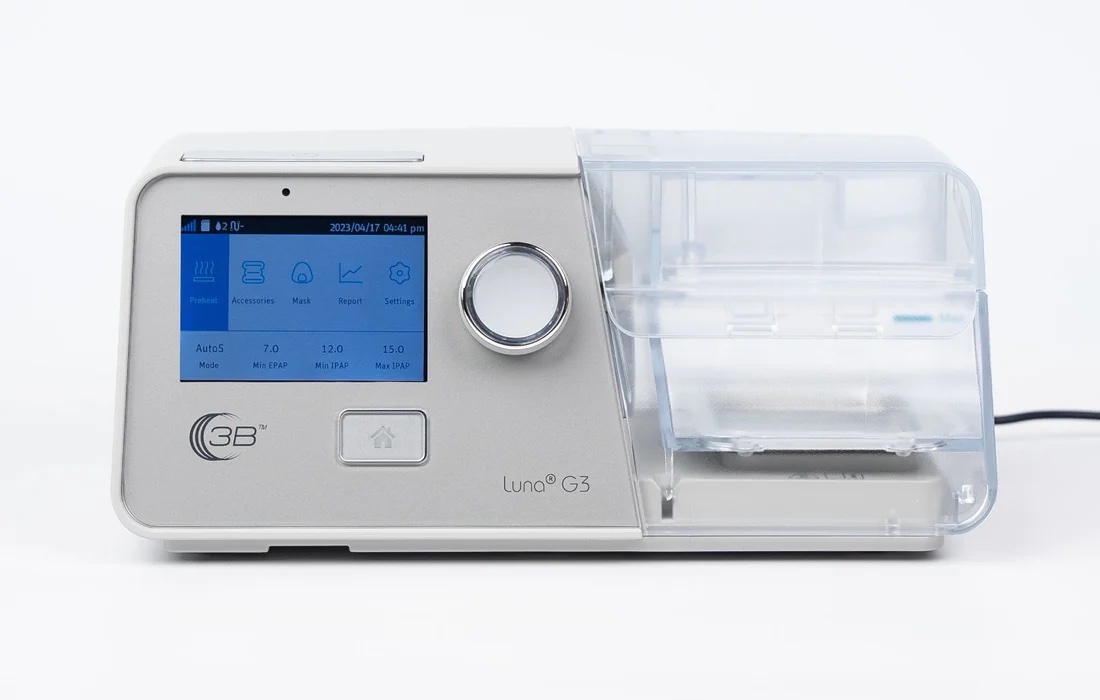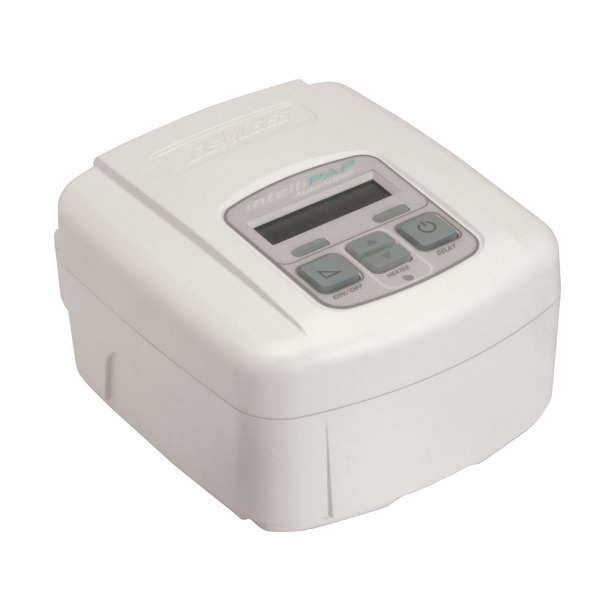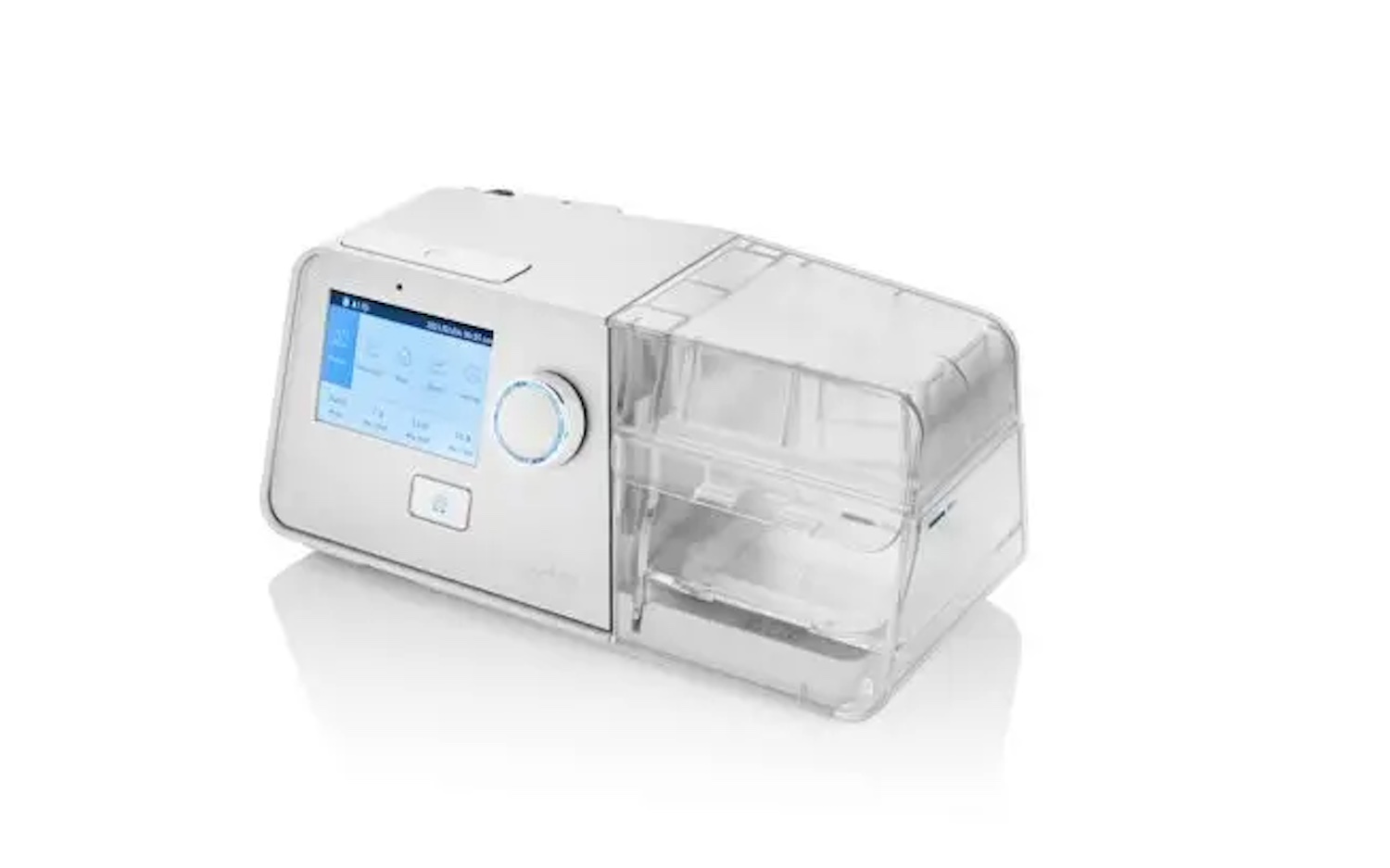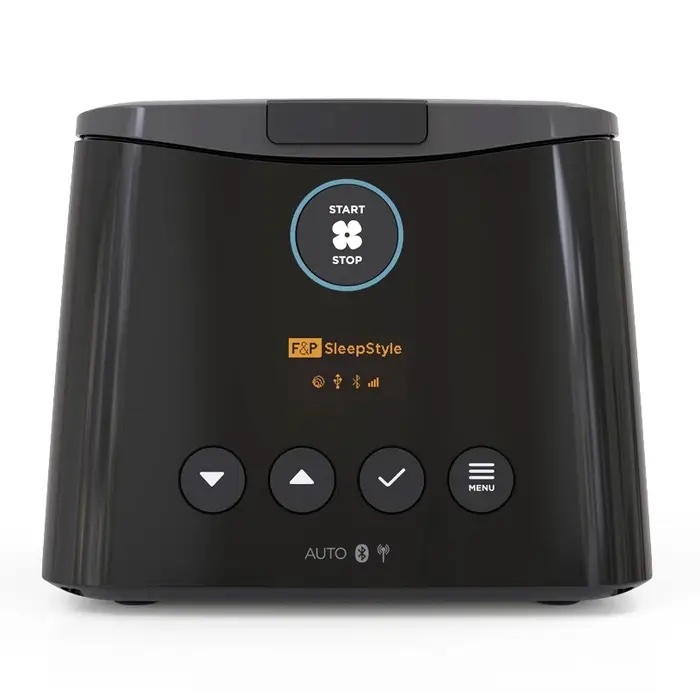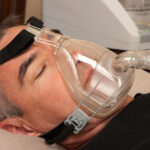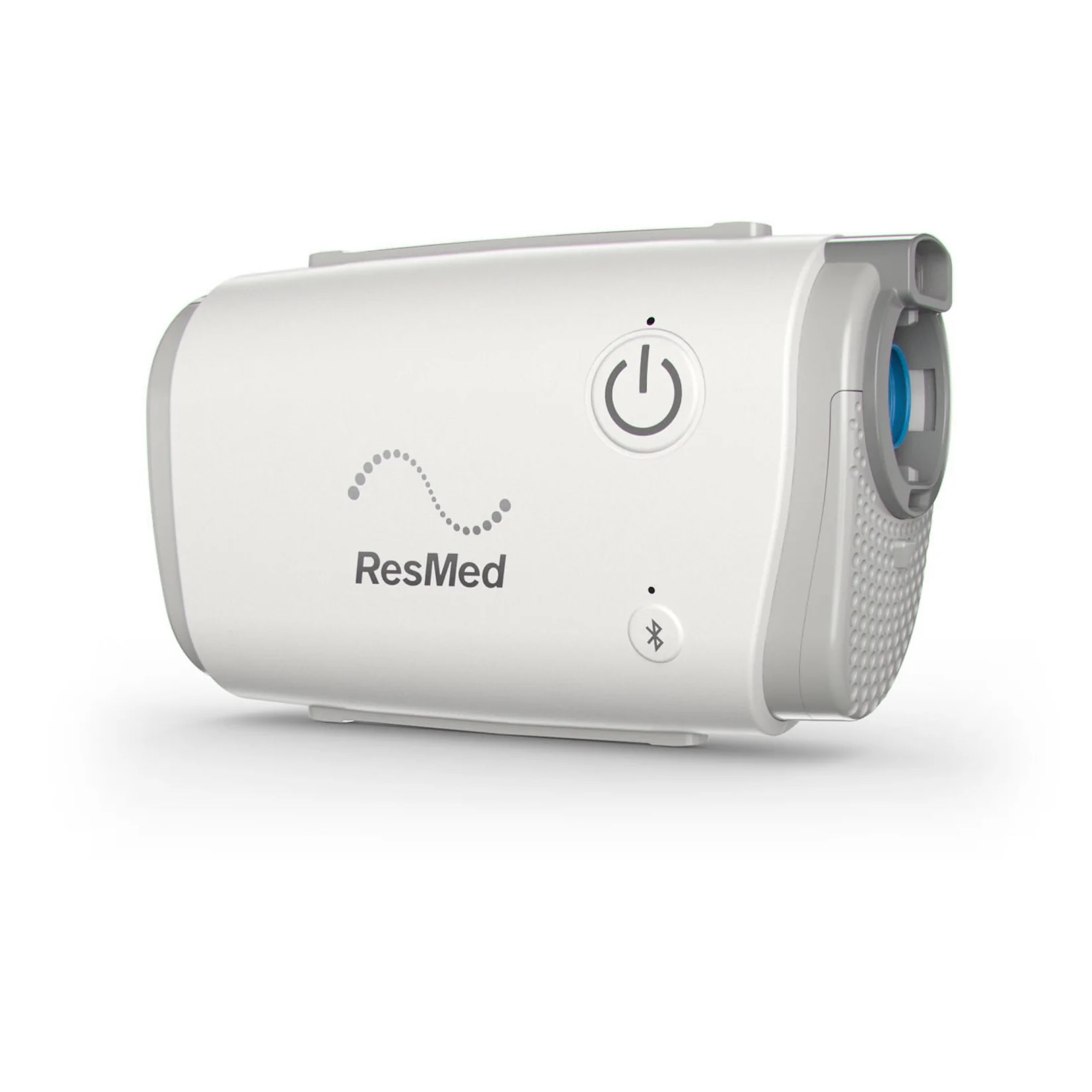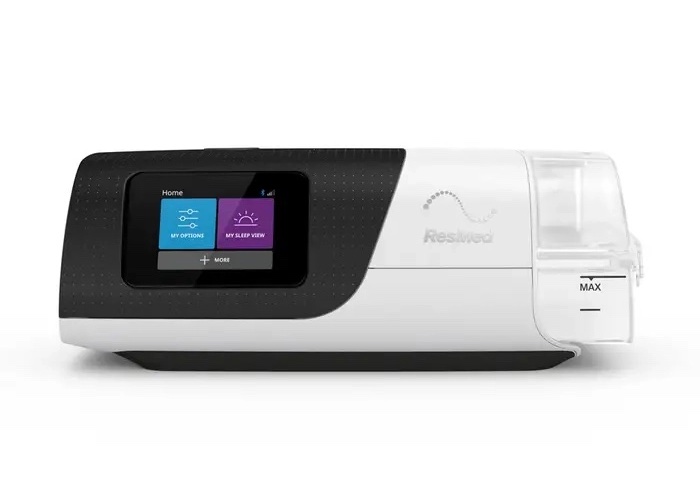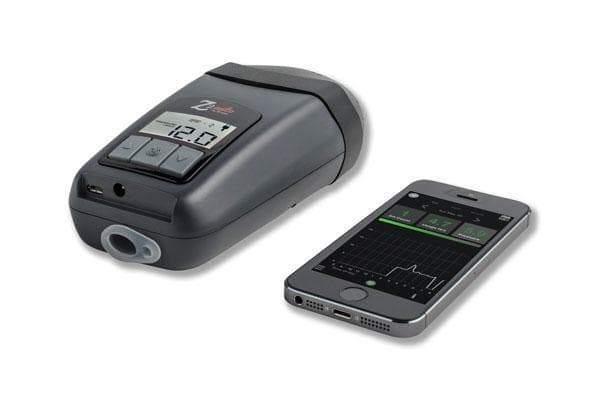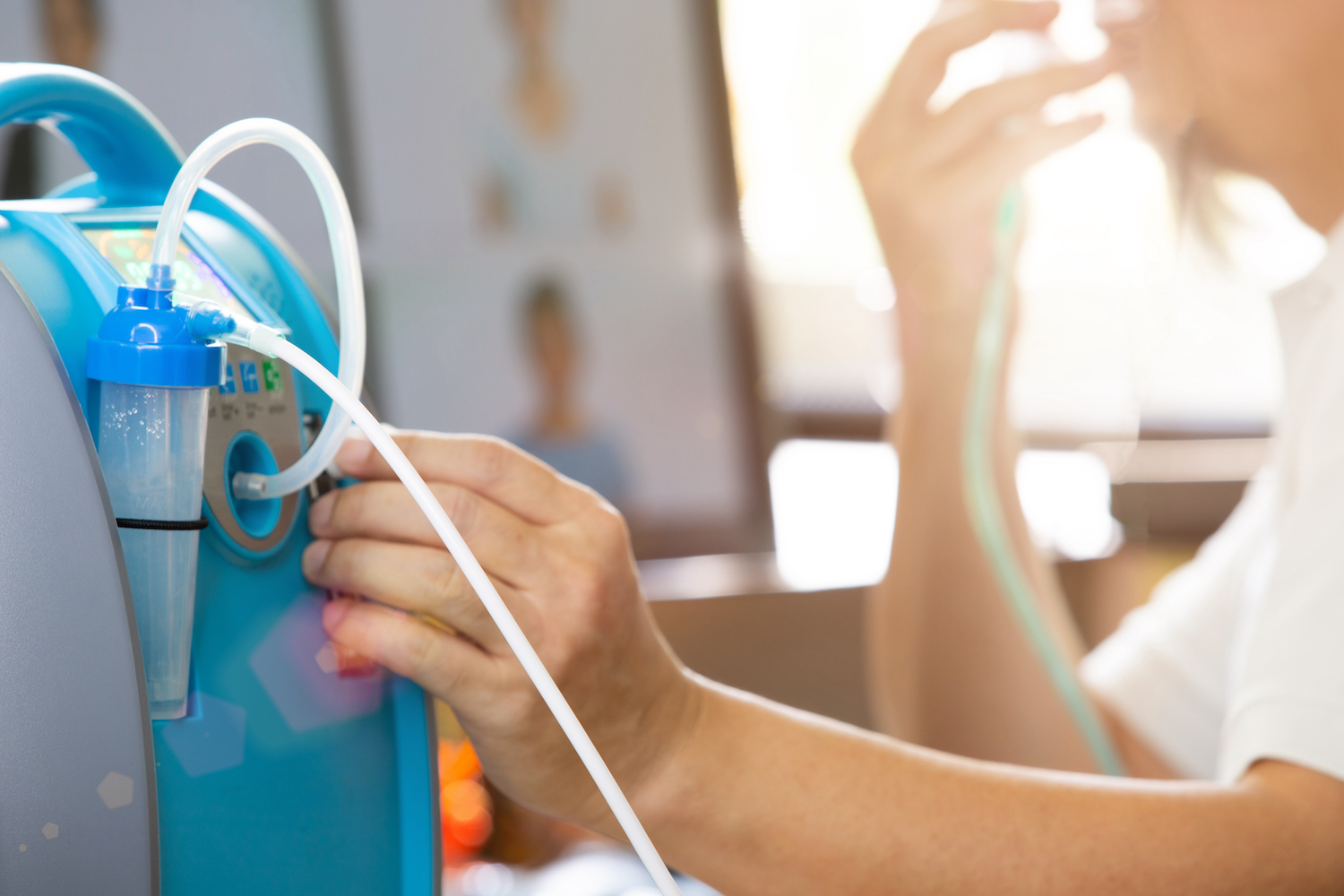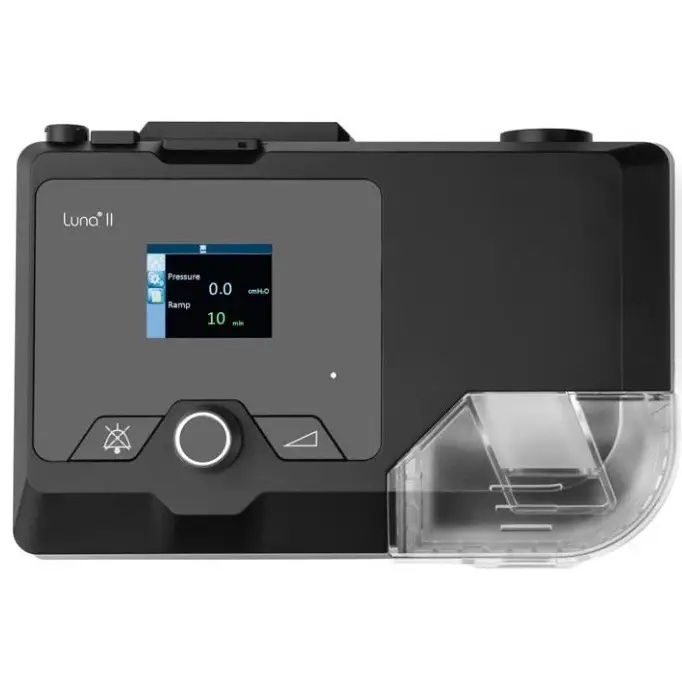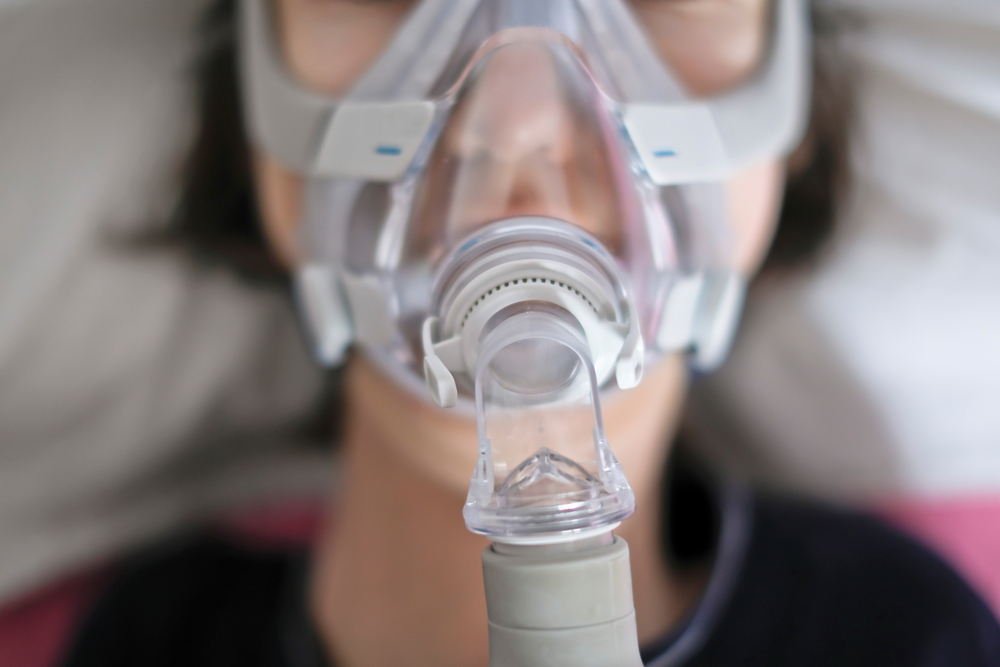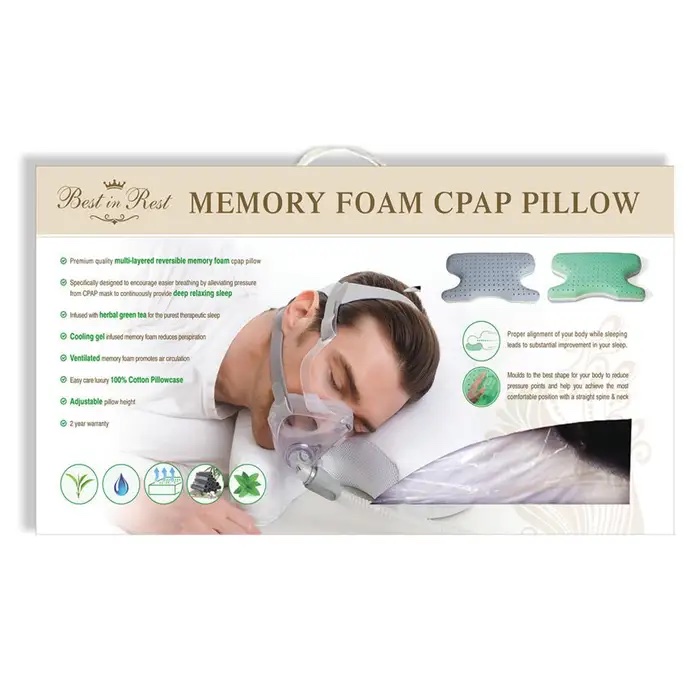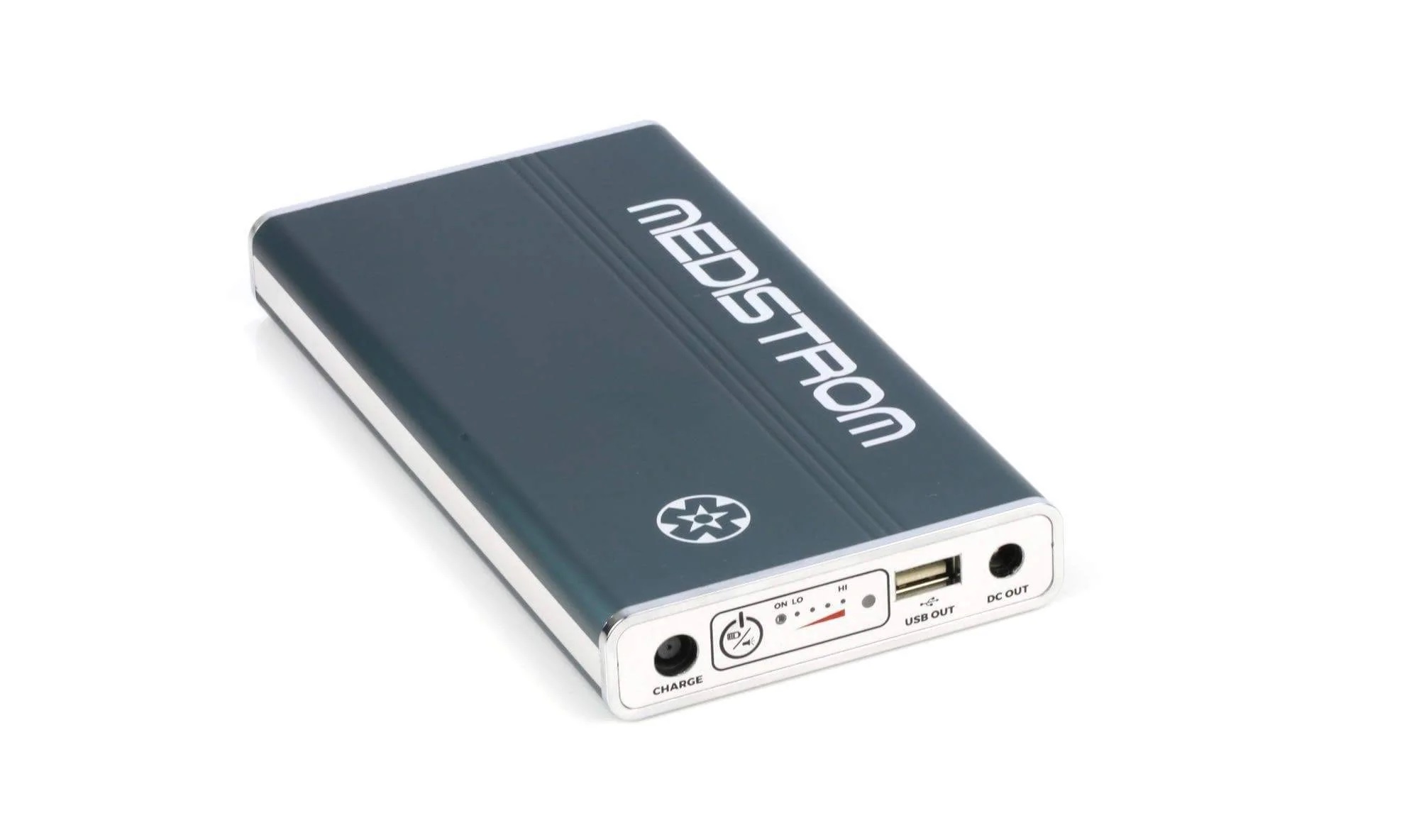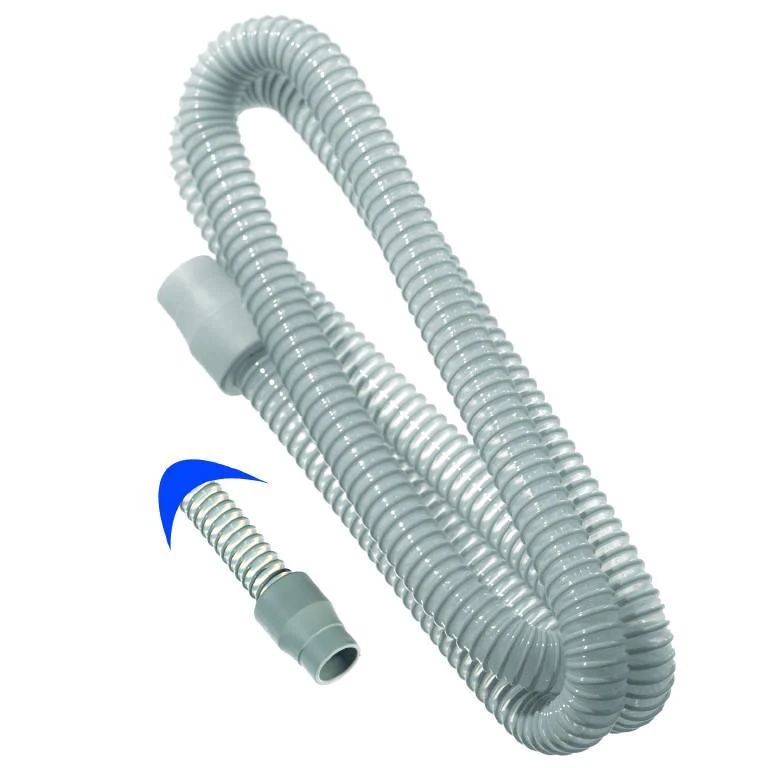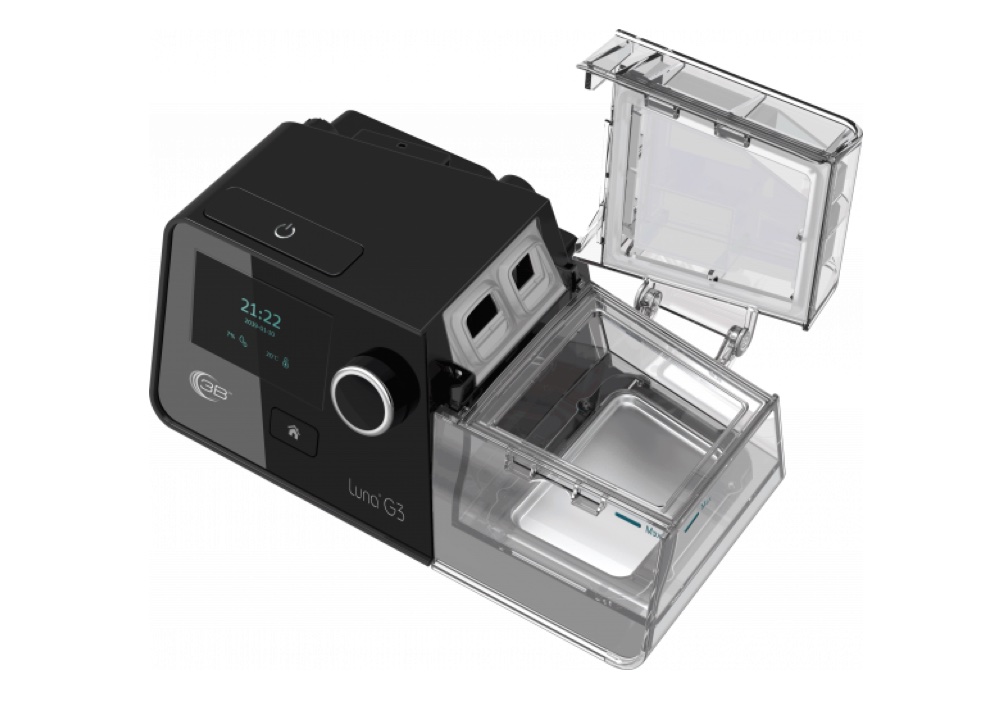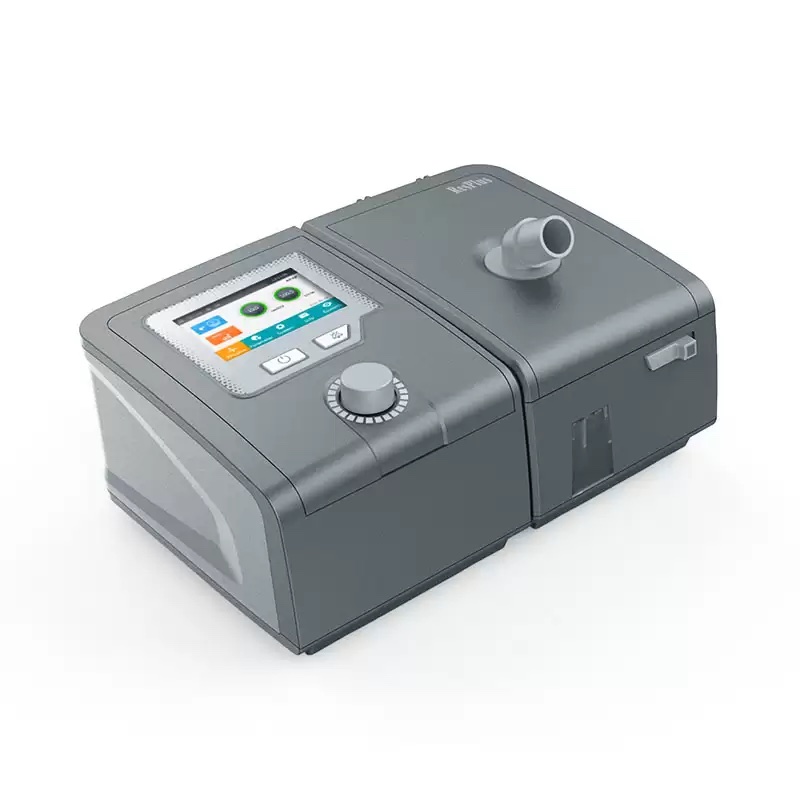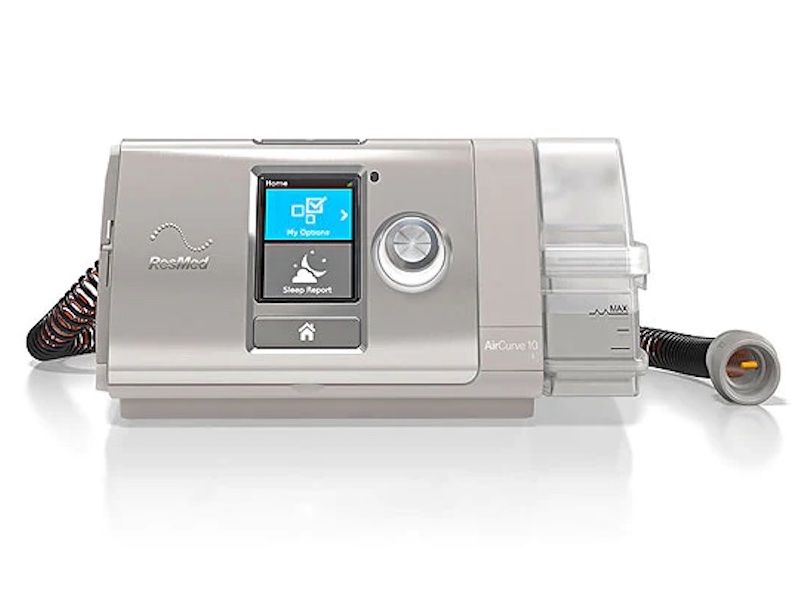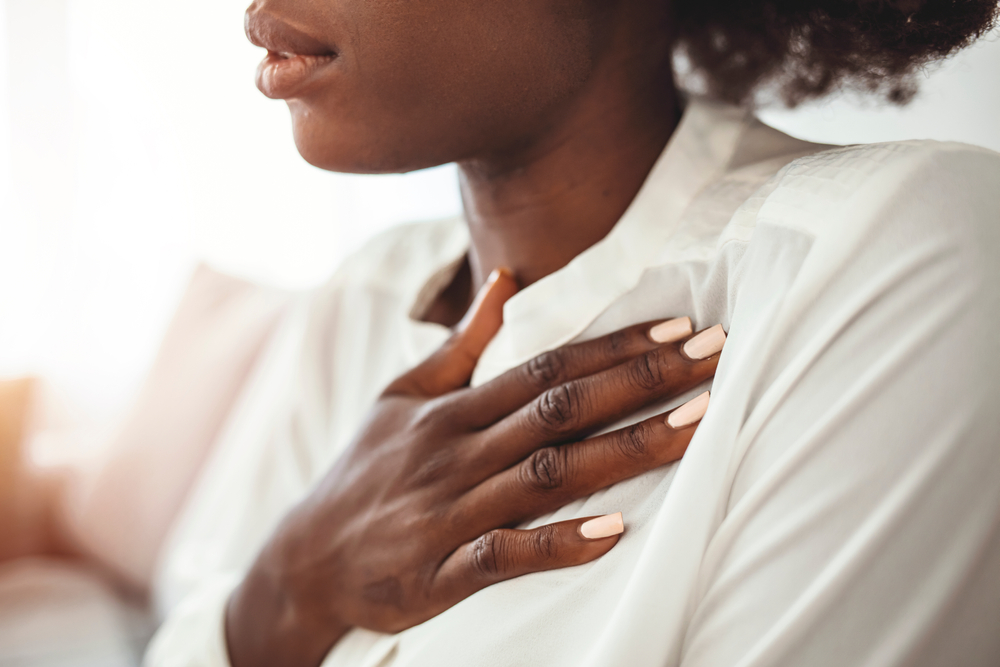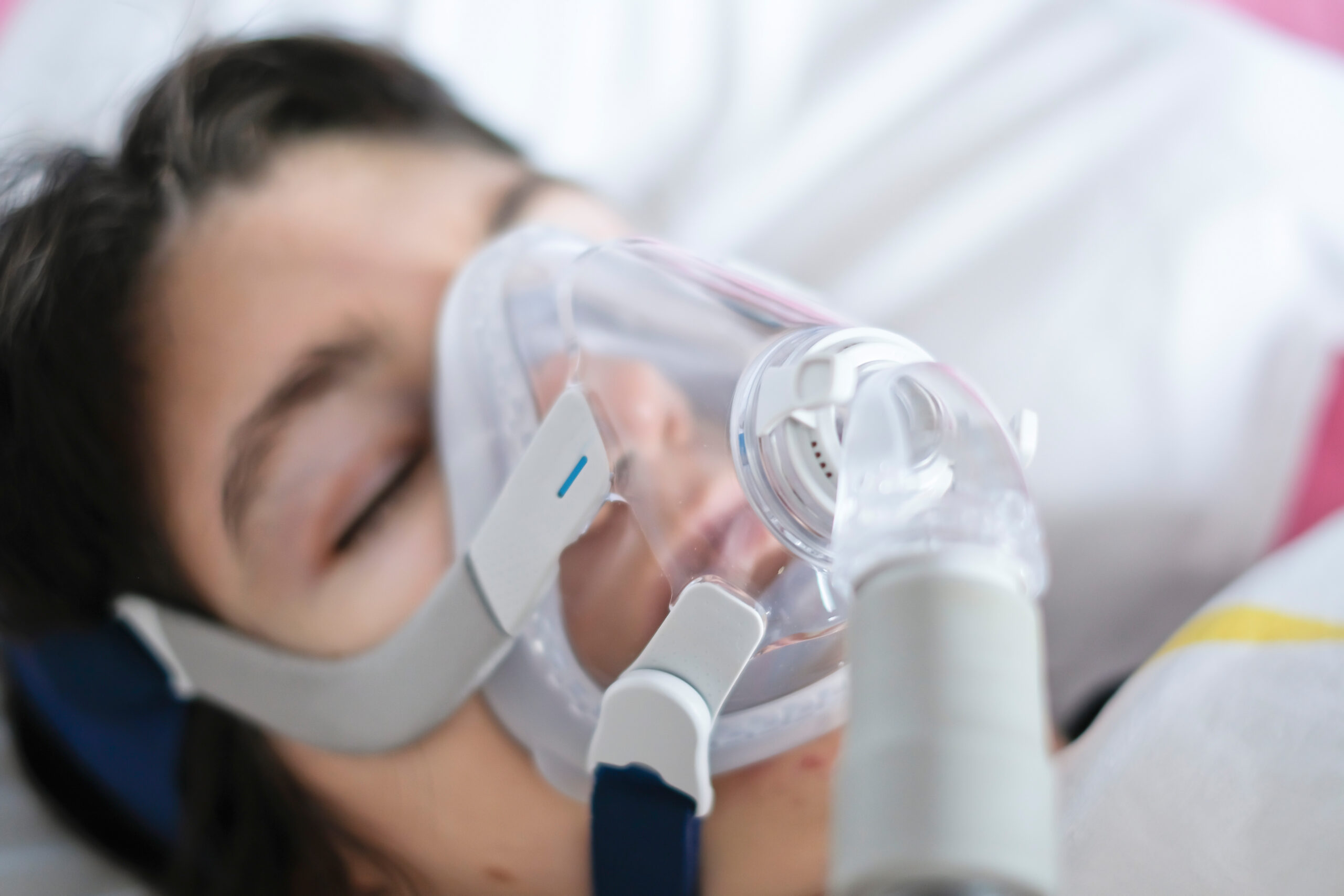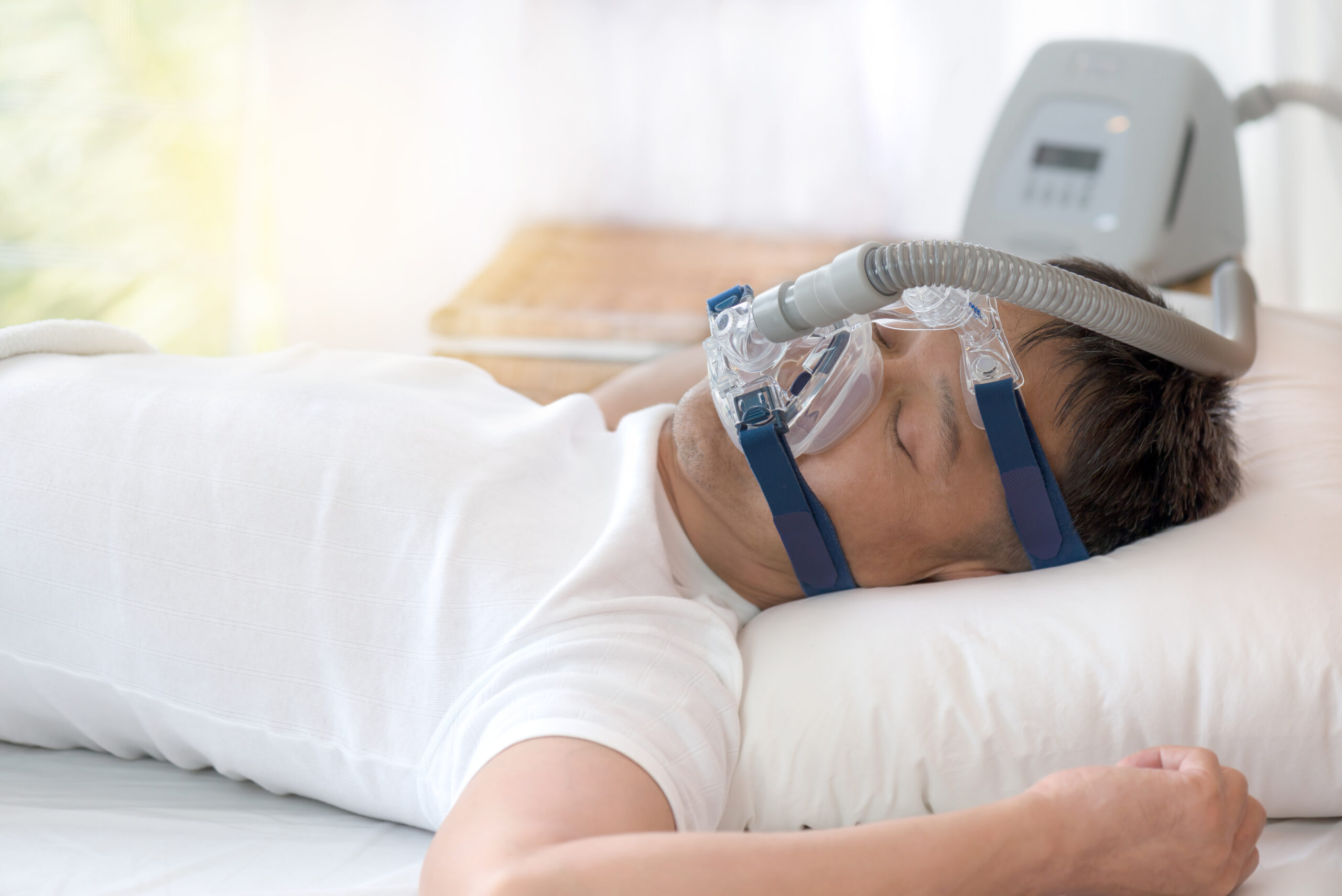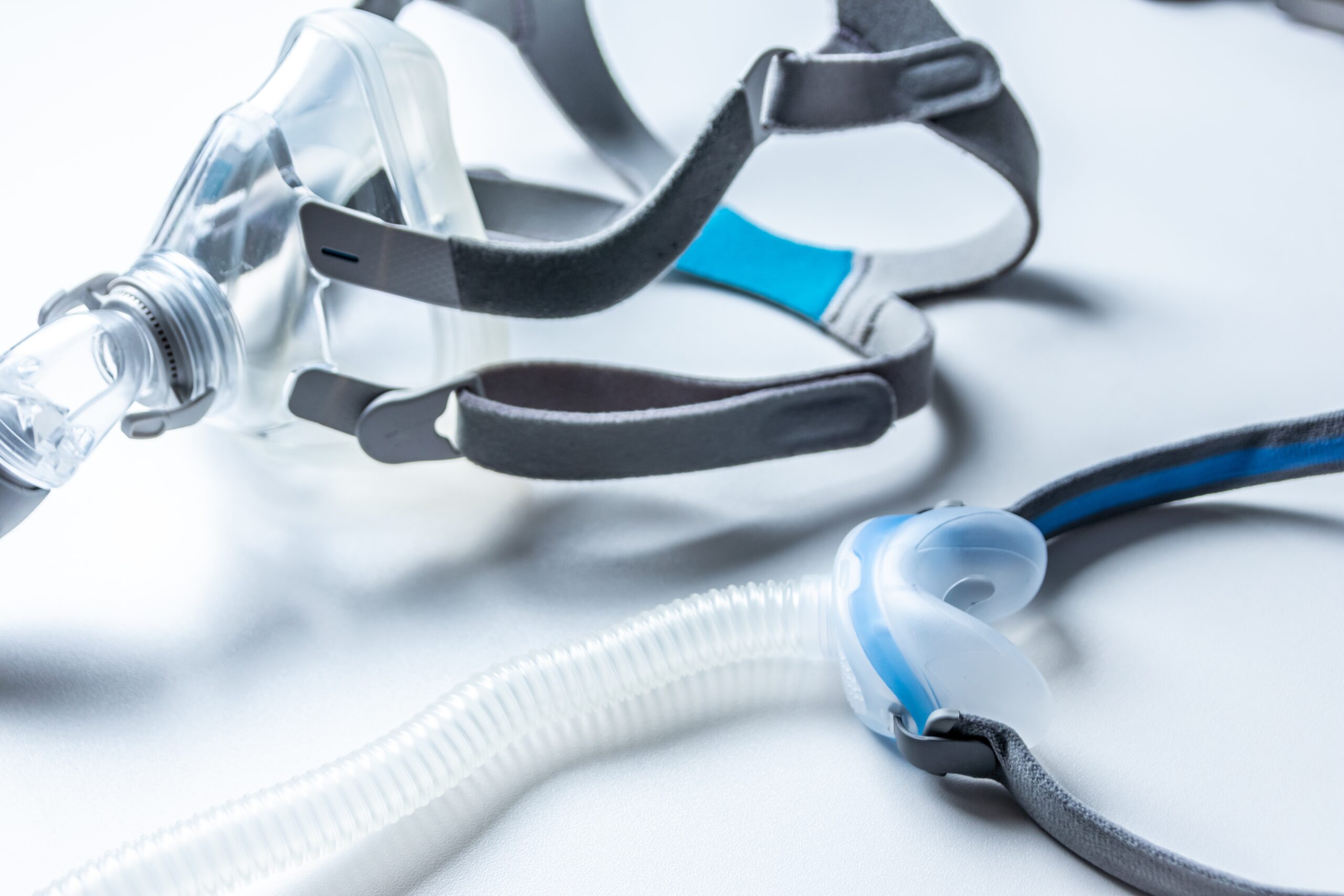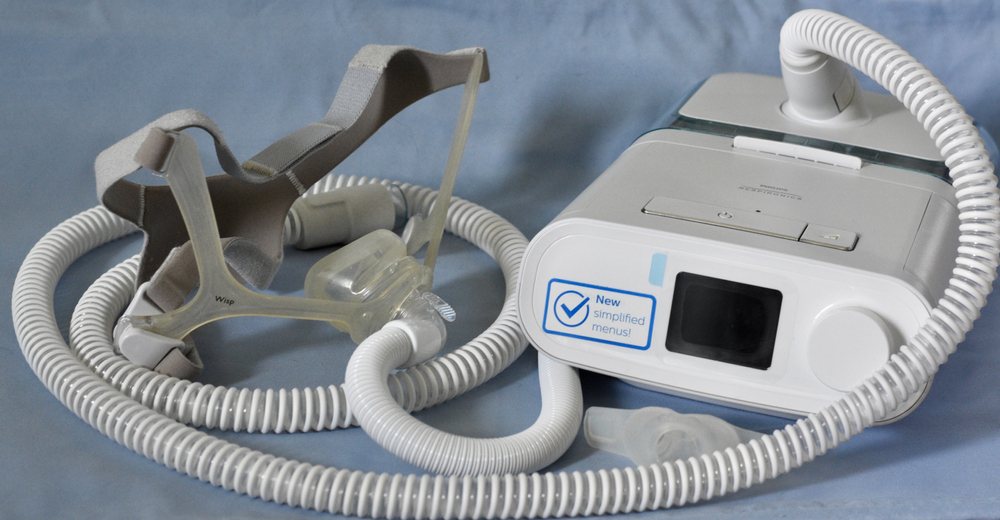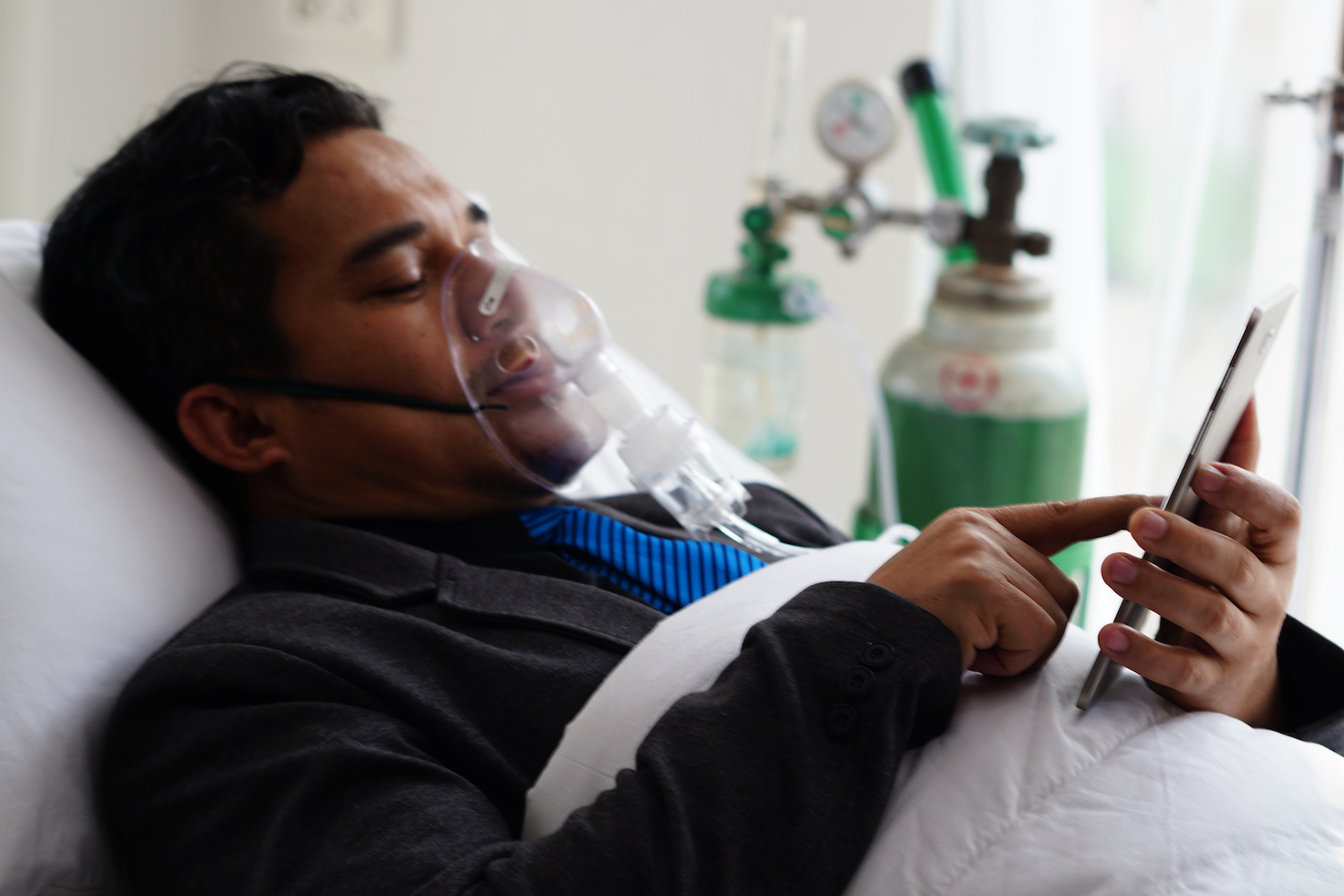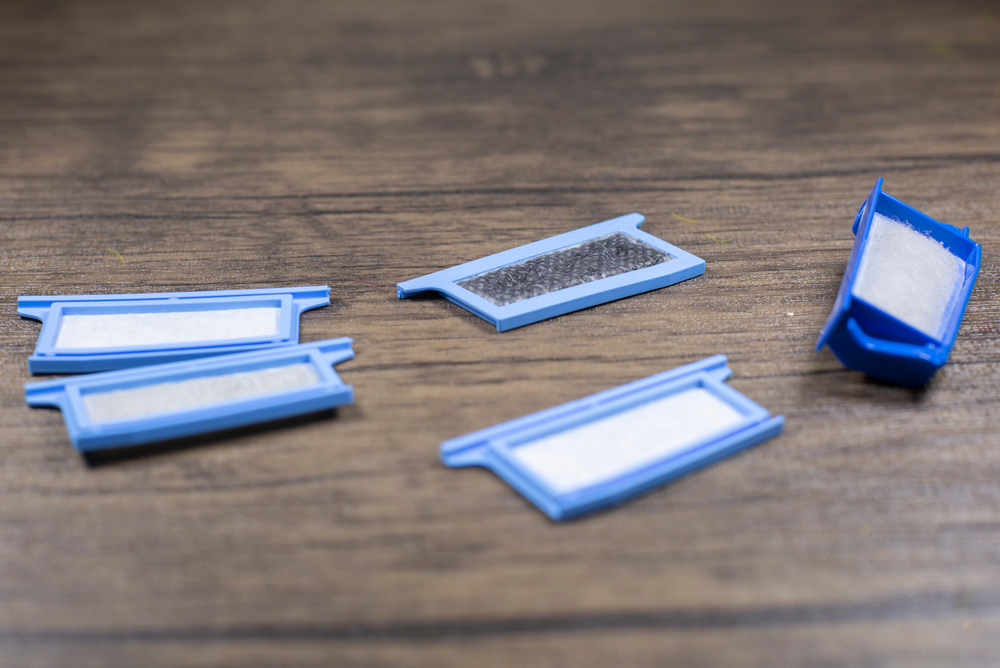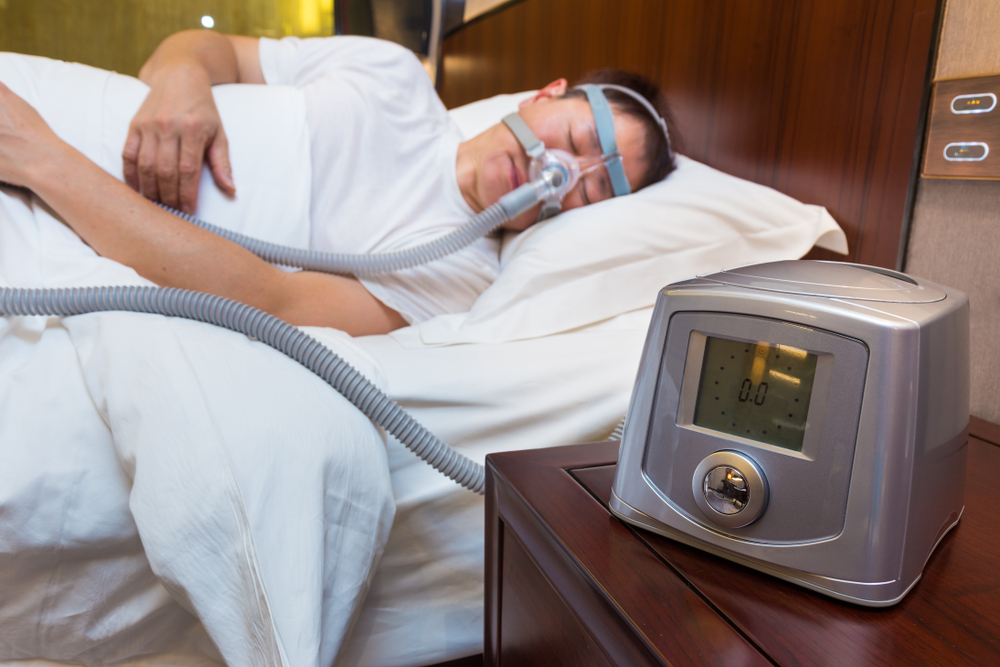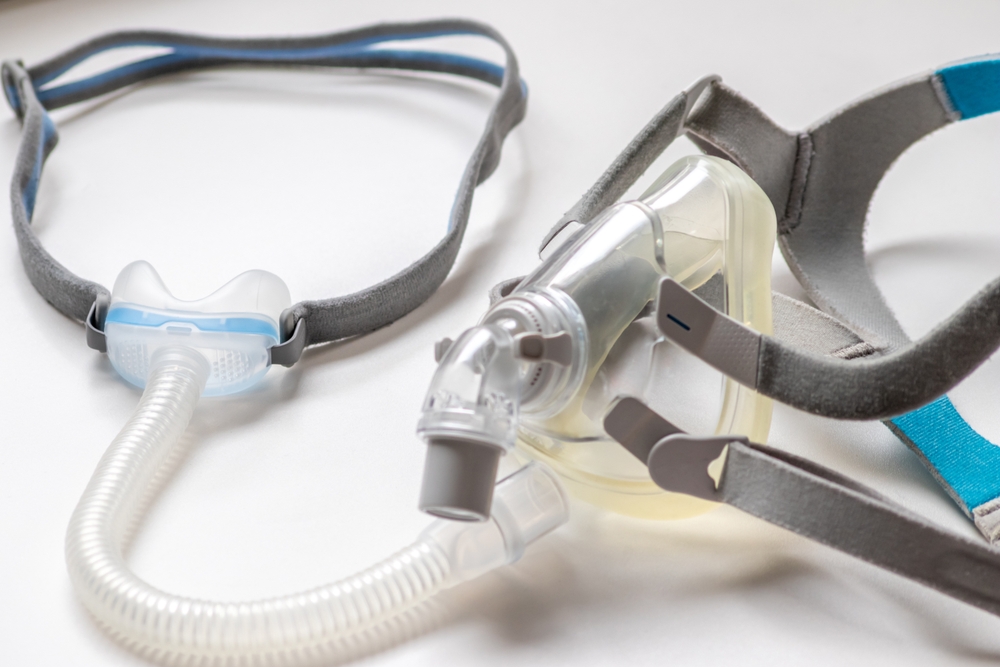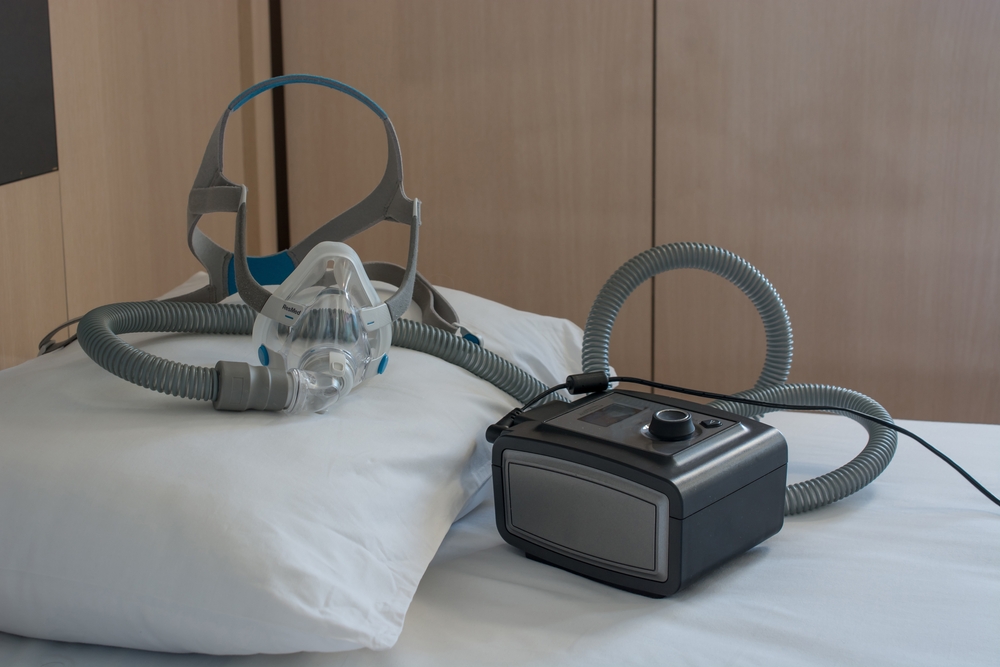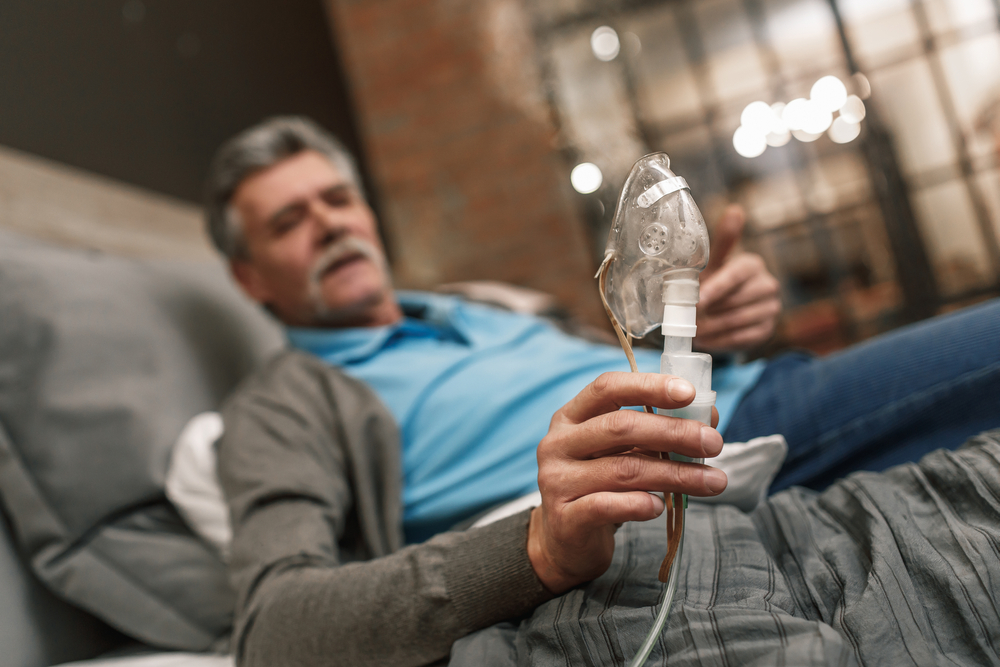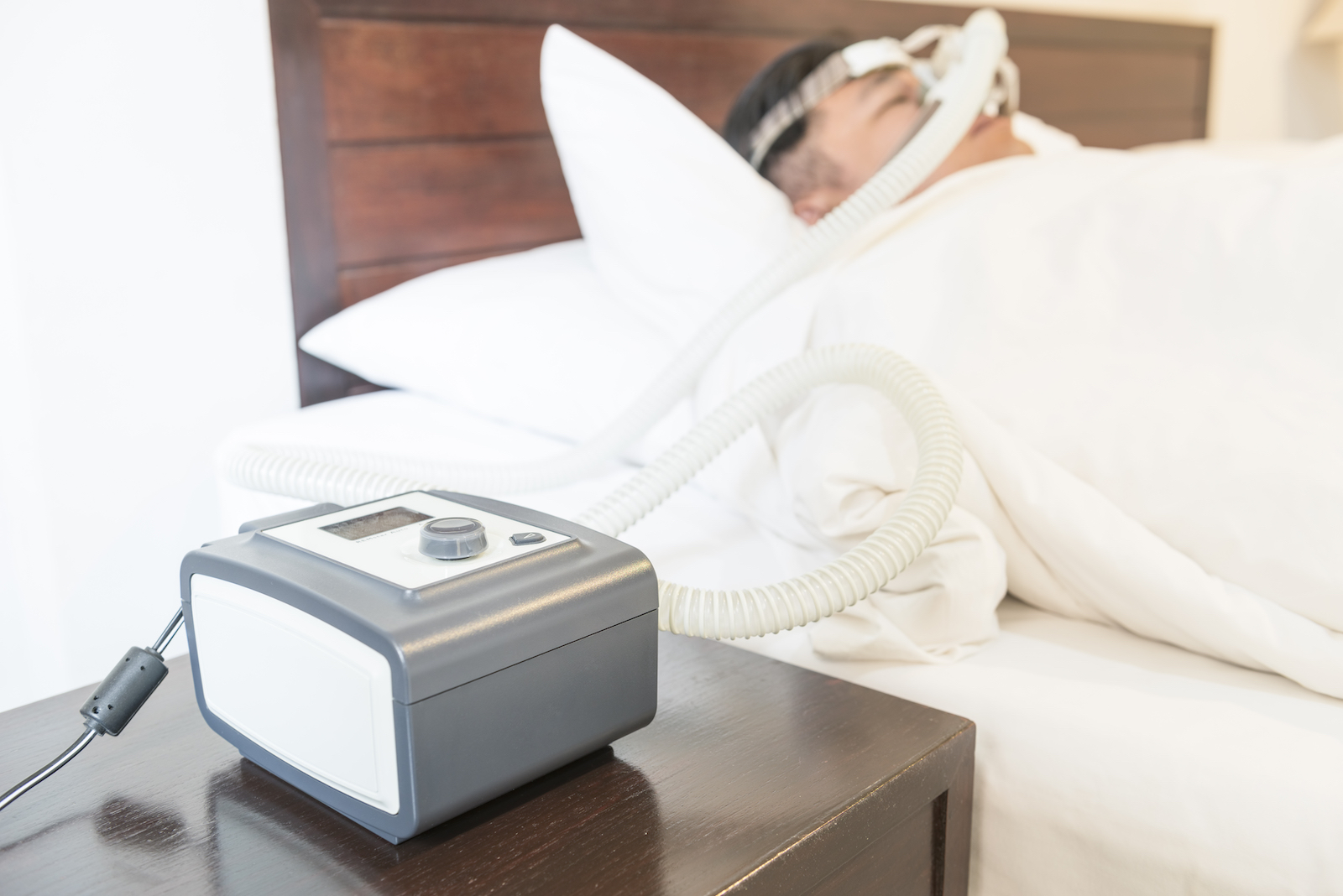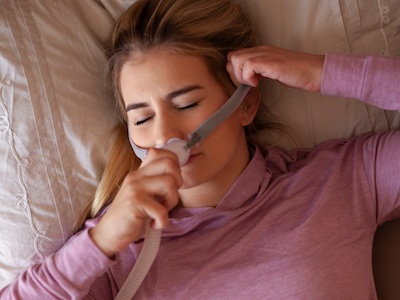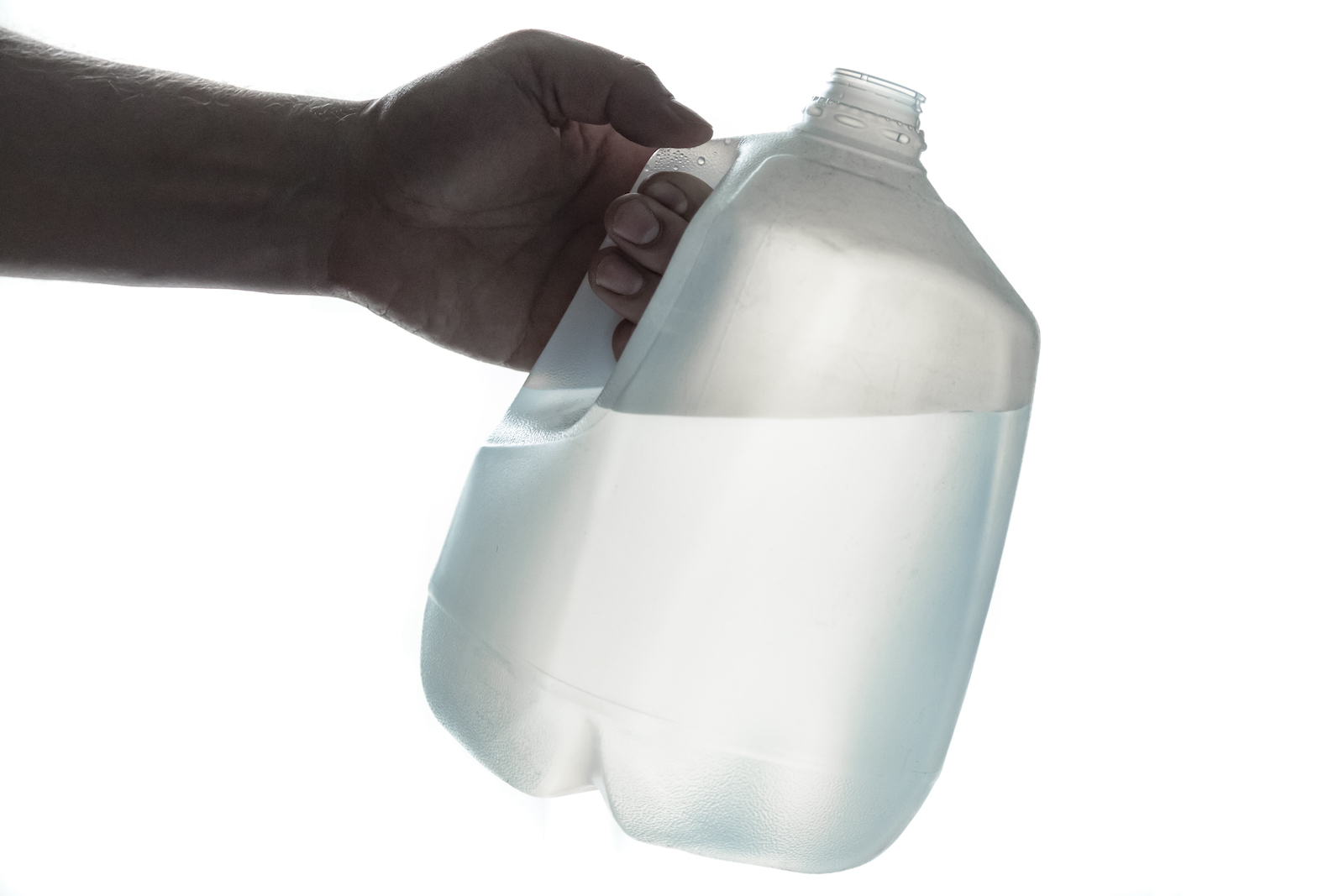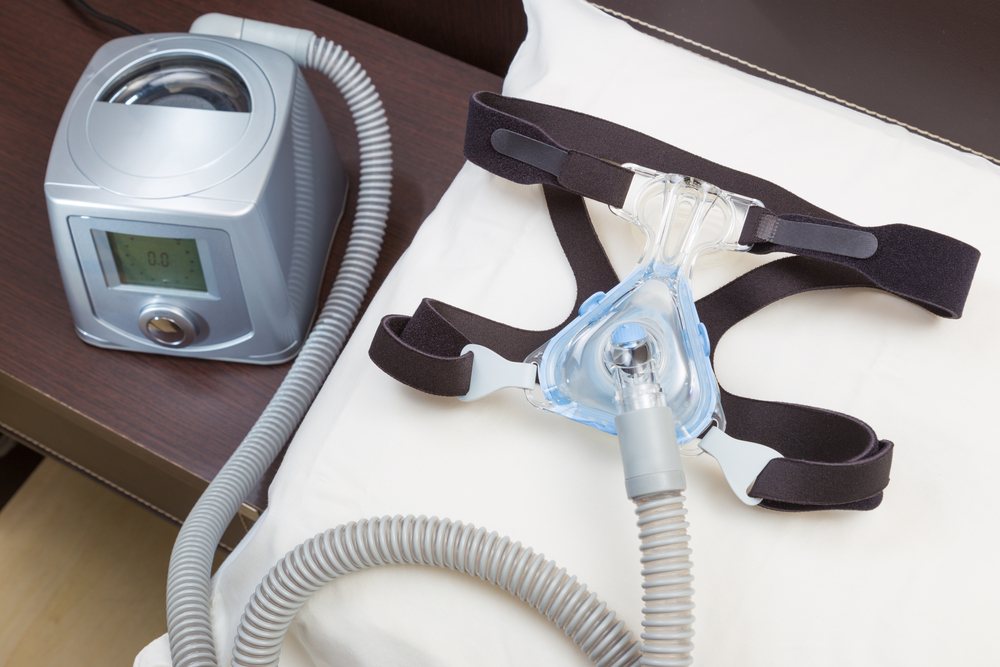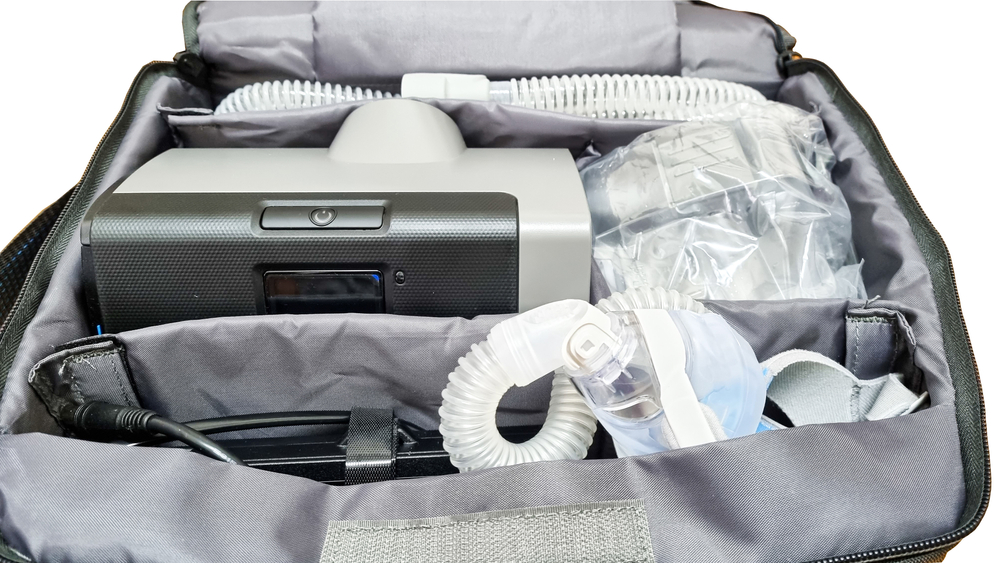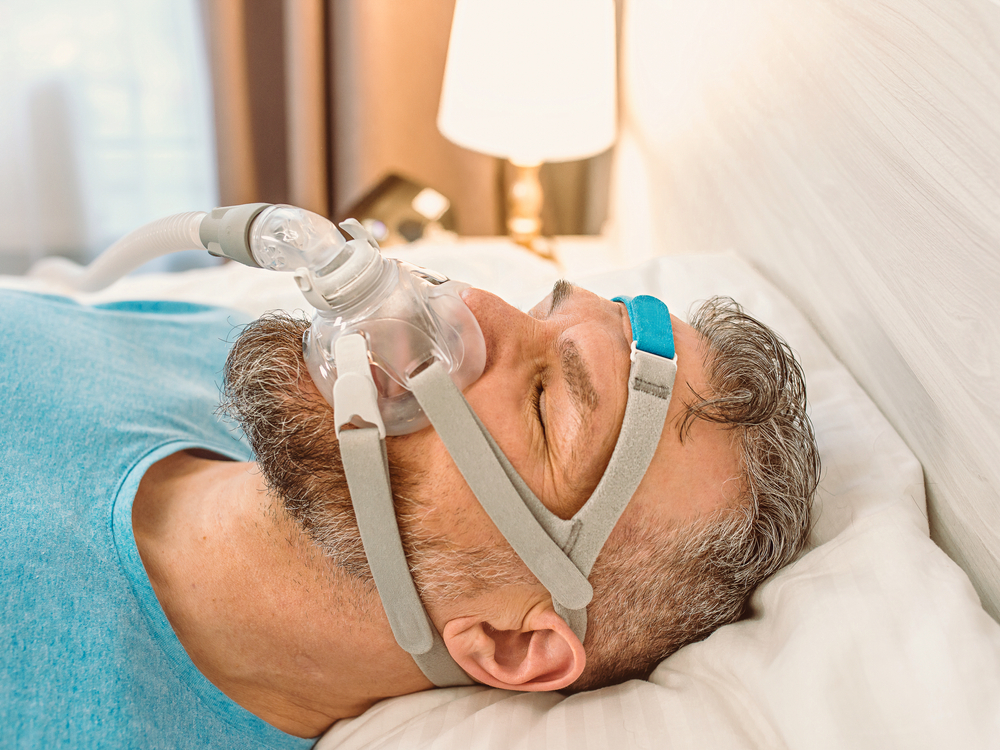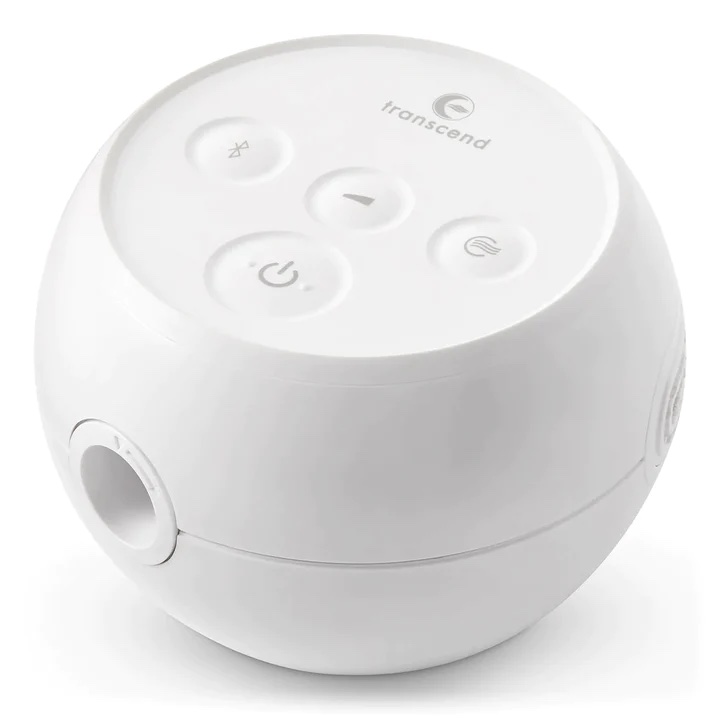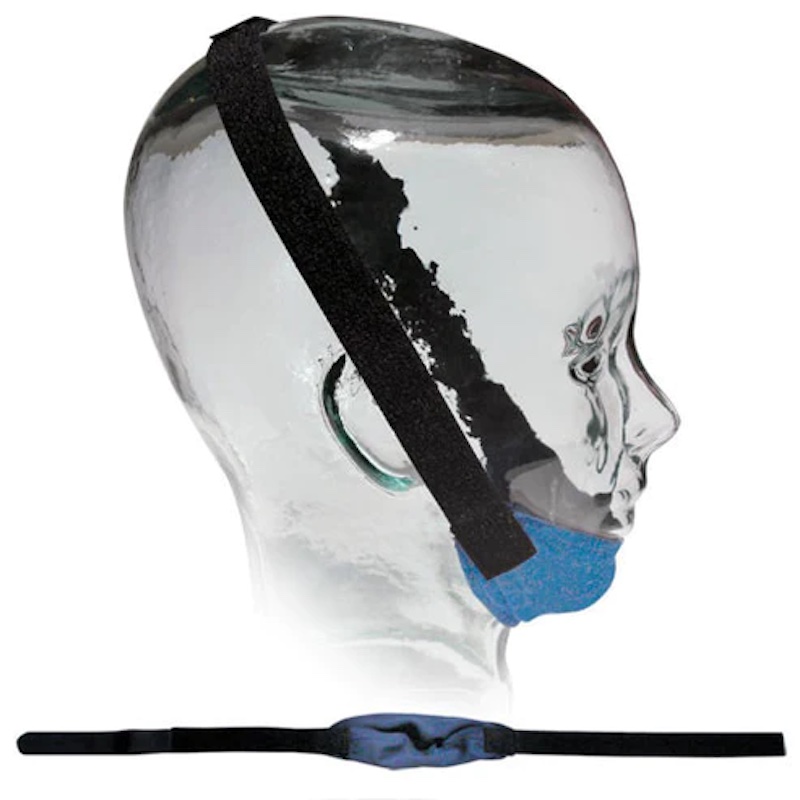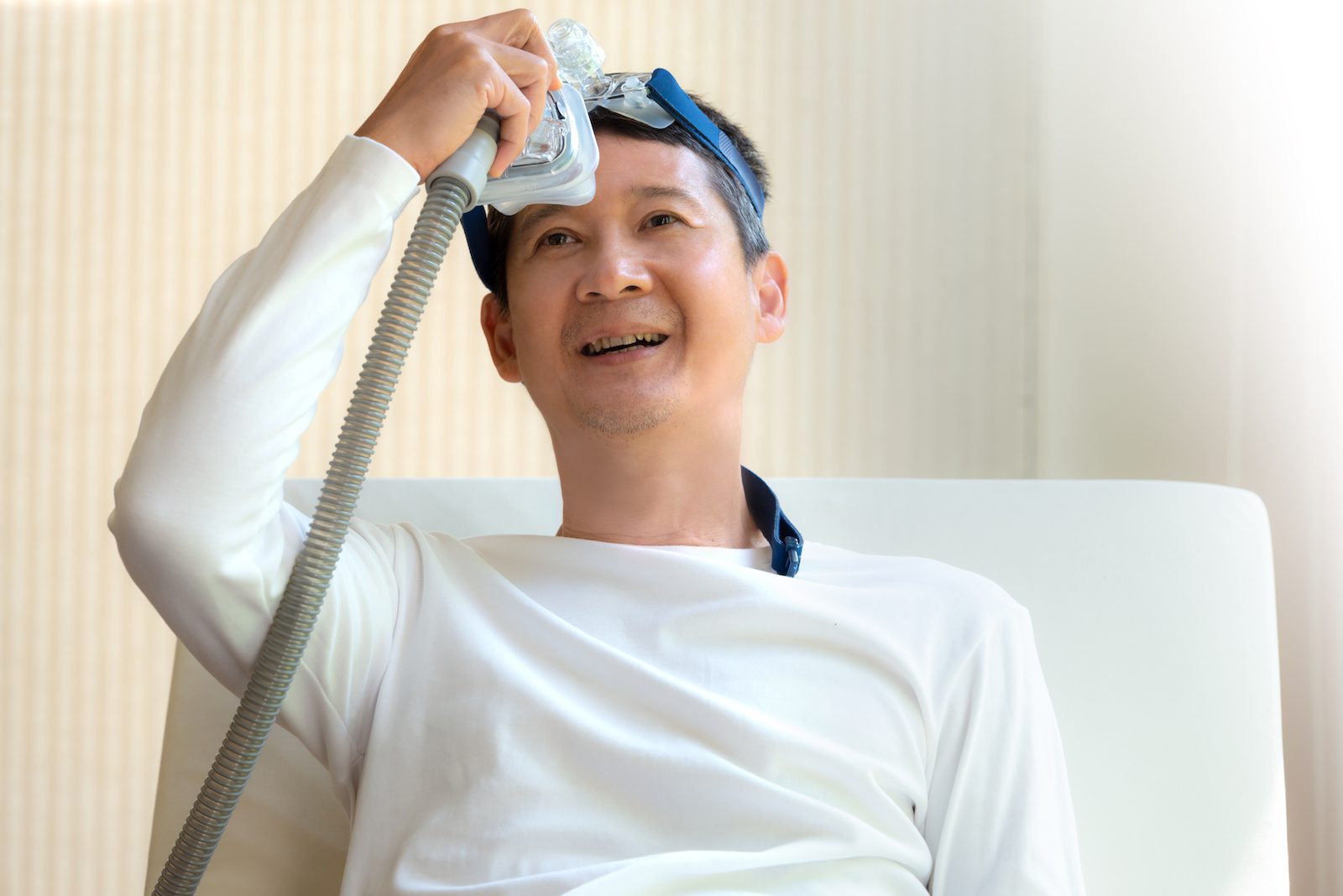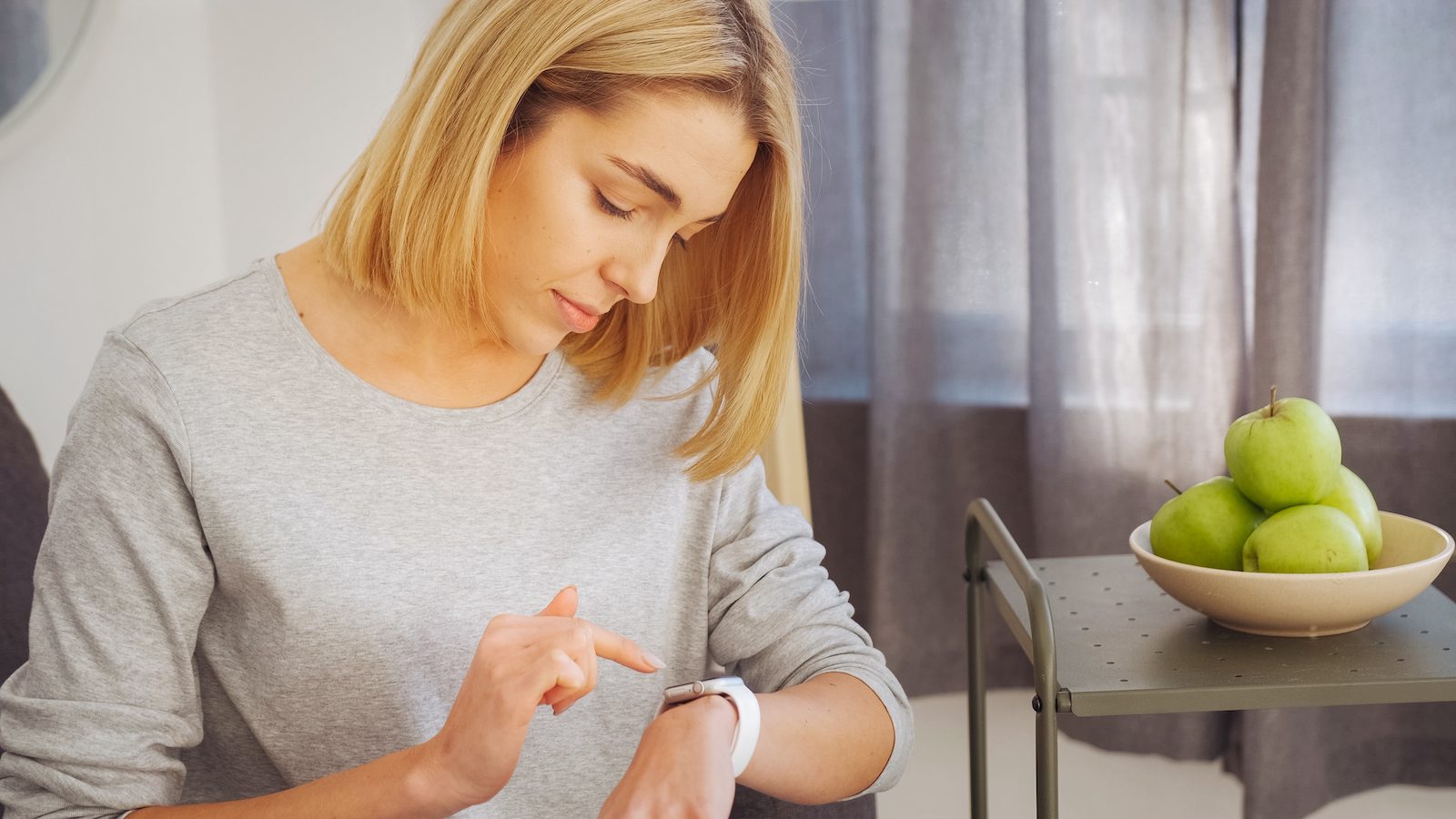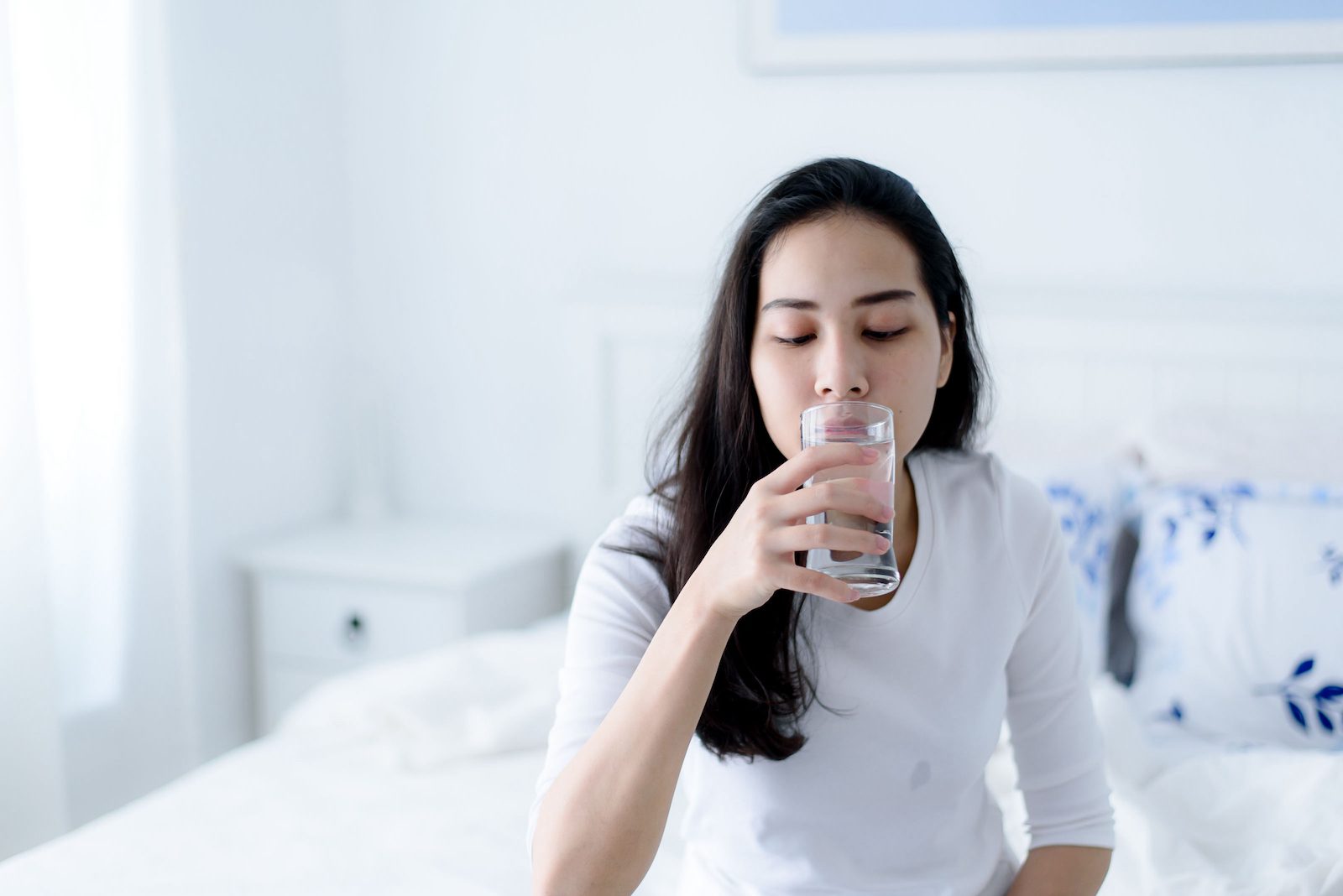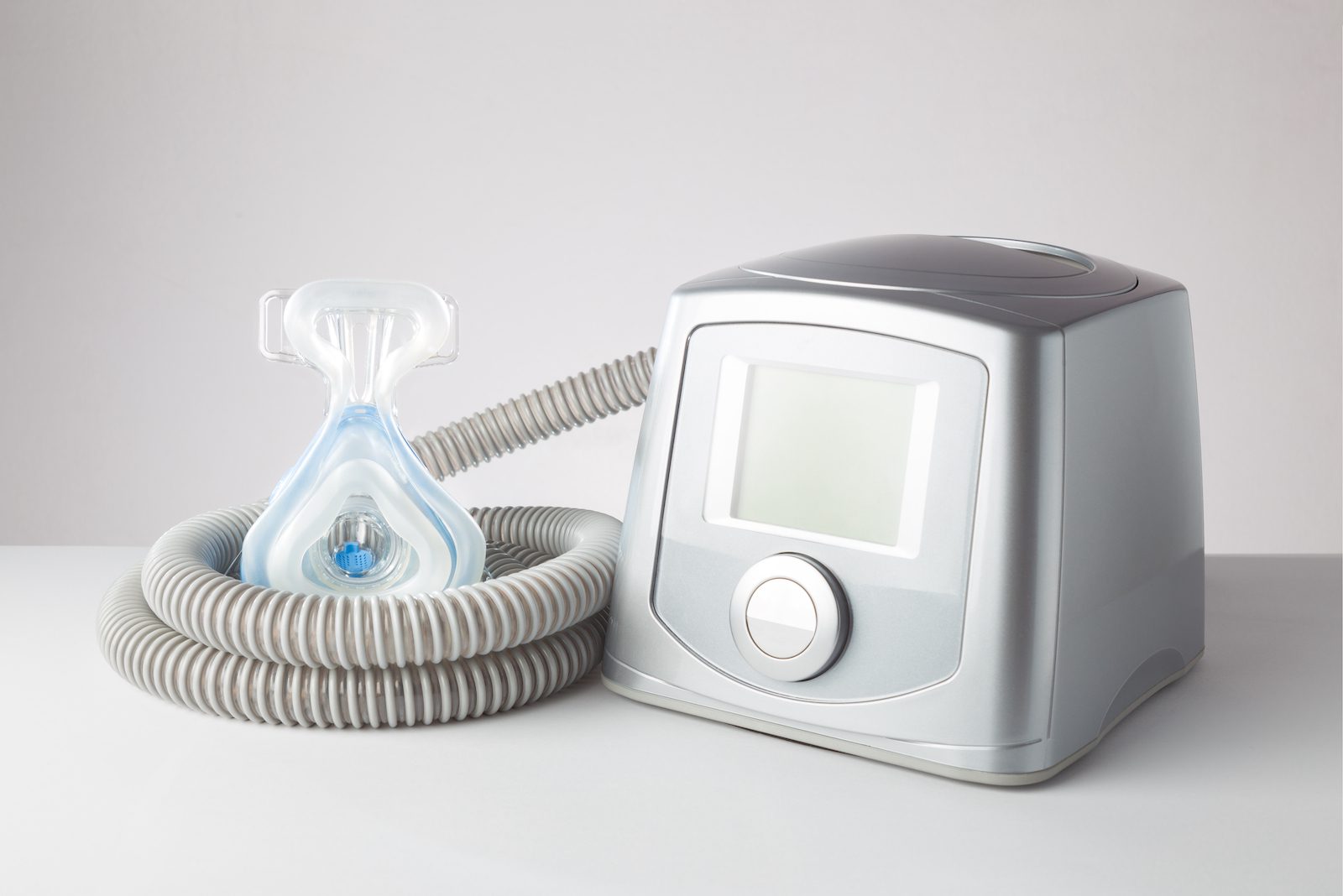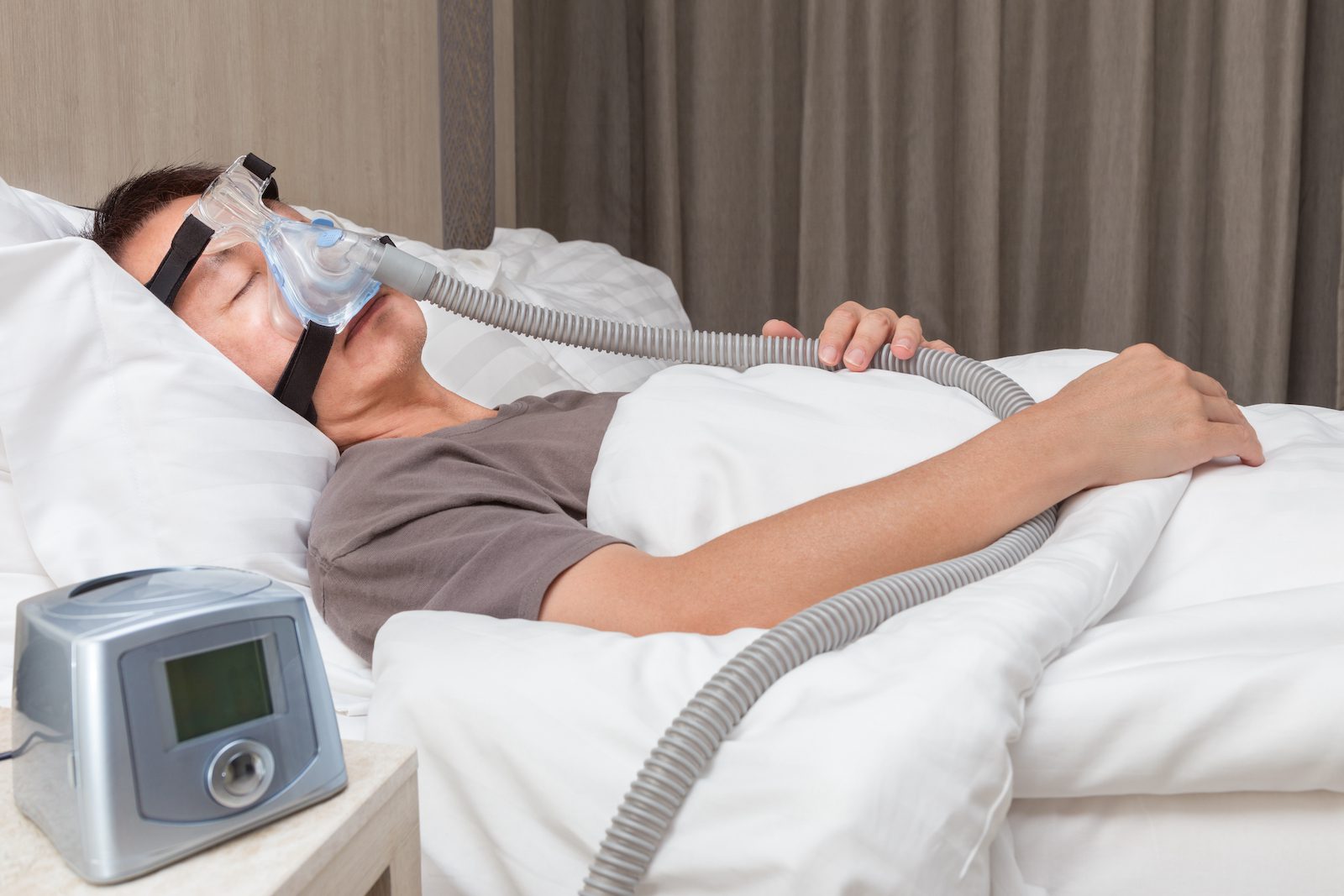Medical Disclaimer: This content is for informational purposes and does not constitute medical advice. Please consult a health care provider prior to starting a new treatment or making changes to your treatment plan.
Continuous positive airway pressure (CPAP) machines and supplemental oxygen are different forms of treatment for breathing conditions. Sometimes, they are used together.
Doctors commonly prescribe CPAP therapy to treat sleep apnea, a disorder that causes a person to experience pauses in their breathing while asleep. Obstructive sleep apnea (OSA) is the most prevalent form of sleep apnea and occurs when a person’s airway is obstructed during sleep, often by relaxed muscles and tissues in the throat.
While oxygen therapy is not a first-line treatment for OSA when used alone, doctors sometimes recommend using a CPAP machine with supplemental oxygen. The combination is also sometimes diagnosed for people with both OSA and chronic obstructive pulmonary disease (COPD).
We’ll take a closer look at both CPAP therapy and oxygen therapy, explaining how they differ and how they are used together. We’ll also answer frequently asked questions about supplemental oxygen, including how an oxygen concentrator differs from an oxygen tank.
Can You Use a CPAP Machine With Oxygen?
As a CPAP user, you can connect a source of supplemental oxygen to your CPAP machine. Depending on your specific CPAP accessories and oxygen source, setup may be as simple as attaching the oxygen source to a port in your mask. If that isn't an option, you may need to buy an inexpensive adapter, known as a bleed-in connector, that attaches to your CPAP hose.
People who use supplemental oxygen at home usually have a choice between oxygen tanks, which contain oxygen in liquid or gas form, and oxygen concentrators, which draw oxygen from the surrounding air. Both types of supplemental oxygen have benefits and downsides, so it’s important to speak with your doctor about which might work best for your needs.
What Is the Difference Between CPAP Therapy and Oxygen Therapy?
CPAP machines deliver pressurized air through a hose and a mask to keep a sleeper's upper airway open and prevent lapses in breathing. Other types of positive airway pressure (PAP) devices include BiPAP machines, which have differing pressure settings for inhalation and exhalation, and APAP machines, which automatically adjust air pressure levels in response to breathing patterns.
Oxygen therapy, on the other hand, supplies the user with nearly pure oxygen. In contrast, ordinary air is made up of about 21% oxygen.
Both PAP machines and oxygen concentrators require a power source and draw in air from the surrounding environment. Oxygen tanks do not require power because they are prefilled with oxygen, though they must be refilled or replaced when the oxygen runs out.
CPAP Machines vs. Supplemental Oxygen
| CPAP Machine | Supplemental Oxygen |
|---|---|
Benefits:
| Benefits:
|
Limitations:
| Limitations:
|
Medical Conditions Treated Using Oxygen With a CPAP Machine
While doctors usually prescribe supplemental oxygen and CPAP therapy independently, people with certain health conditions may benefit from receiving both treatments at once. Doctors may also prescribe both CPAP therapy and supplemental oxygen to people who have certain coexisting conditions.
- Sleep apnea: Supplemental oxygen combined with PAP therapy is used to treat some people with central sleep apnea (CSA), a condition that involves the brain failing to signal the muscles that control breathing. Oxygen therapy can also alleviate symptoms of OSA in people who cannot use a CPAP machine, though it is less effective than CPAP when used by itself.
- Chronic obstructive pulmonary disease: Oxygen therapy and CPAP therapy can both be used to treat COPD, which is a group of progressive lung diseases that includes emphysema and chronic bronchitis. Doctors may prescribe both treatments for individuals with low blood oxygen levels related to COPD.
- Overlap syndrome: Co-occurring COPD and OSA is known as overlap syndrome. It is sometimes treated with a combination of CPAP therapy and supplemental oxygen.
- Heart failure: Oxygen therapy is prescribed for some people with acute heart failure who have low oxygen saturation. OSA is common in people with heart failure, as is CSA that occurs with an abnormal breathing pattern called Cheyne-Stokes respirations. CPAP therapy is sometimes prescribed for people with heart failure and OSA. For people with heart failure who experience Cheyne-Stokes respirations, PAP therapy may be combined with supplemental oxygen.
Types of Supplemental Oxygen Used With CPAP Machines
CPAP machines can be used with either an oxygen tank or an oxygen concentrator. There are significant differences between these supplemental oxygen sources that you should consider when deciding which works best for your needs.
Oxygen Concentrators
Oxygen concentrators turn ordinary air into oxygen-enriched air by removing nitrogen. Stationary oxygen concentrators are larger and heavier but offer a higher oxygen flow rate and are generally less expensive. Portable oxygen concentrators are smaller but deliver less oxygen and typically cost more.
Benefits
- Continuously produces oxygen-enriched air and does not need to be refilled
- May offer oxygen flow control features
- Easy to travel with, and some models can be used while flying
You Shouldn’t Use One If:
- You are a very light sleeper who may be awakened by the device’s low hum
- Your doctor believes you will only need supplemental oxygen for a short period
- You live in an area prone to power outages and can’t afford a backup generator
Oxygen Tanks
Oxygen tanks store oxygen in either gas or liquid form. They will eventually run out of oxygen and need to be refilled or replaced. Users can choose between larger tanks intended for at-home use and smaller tanks that are more portable, though there are regulations surrounding oxygen transport that can make travel difficult.
Benefits:
- Don’t require electricity
- Available in several sizes, with a choice of gaseous or liquid oxygen
- Lower upfront cost if you only need supplemental oxygen temporarily
You Shouldn’t Use One If:
- You’re unable to have the tank refilled on a consistent basis
- Your ability to lift or move heavy tanks is limited
- You’re a frequent flyer
Like CPAP machines, supplemental oxygen is only available with a prescription and should only be used under medical supervision. The Food and Drug Administration has issued warnings about using supplemental oxygen without a doctor’s prescription, as breathing too much oxygen at once or over time can lead to oxygen toxicity.
If you believe you may benefit from supplemental oxygen, or you are unsure which type of oxygen system is best for you, your doctor can answer your questions and write any necessary prescriptions.
Using a CPAP Machine With Oxygen
Depending on your model of CPAP mask, you may be able to attach the hose of your oxygen tank or concentrator to a port in the mask. Otherwise, you can attach the oxygen tubing to your CPAP hose with a small accessory called a bleed-in connector.
If your mask has an oxygen port, its user guide will likely have detailed instructions on how to use it. For most CPAP masks with ports, you only need to remove a plug and insert your oxygen tubing to form a connection.
If your preferred CPAP mask doesn't have an oxygen port, you will need to purchase a bleed-in connector. The adapter, which usually fits between the CPAP machine and the CPAP hose, has a port for the oxygen tubing. Once connected, the oxygen feeds into the pressurized air produced by the CPAP machine.
Some types of heated CPAP tubing come with an integrated oxygen port designed to connect directly to the oxygen hose. Others may require a bleed-in connector that’s attached at the mask junction instead of being fastened directly to the CPAP machine’s air outlet.
Supplemental oxygen has been shown to relieve some symptoms of sleep apnea for some people, such as oxygen desaturation and depression. However, oxygen therapy may also cause complications for people with sleep apnea, such as increasing the duration of lapses in breathing during sleep. Lengthened sleep apnea events can in turn lead to an increase in carbon dioxide in the bloodstream.
If you have sleep apnea and your doctor believes you would benefit from oxygen therapy, they have likely determined that the benefits of supplemental oxygen outweigh the potential adverse effects in your situation.
CPAP therapy and supplemental oxygen are not interchangeable and cannot be easily substituted for each other. However, in some specific cases, oxygen therapy may be an alternative treatment for people with OSA who cannot tolerate using a CPAP machine.
CPAP machines are significantly better than supplemental oxygen for treating sleep apnea. If your doctor has prescribed you a CPAP machine for sleep apnea or any other condition, it is essential to use it as directed. Changing your treatment should only be done under medical supervision.
Both supplemental oxygen and CPAP therapy can cause side effects, such as dry nasal passages and facial irritation from wearing a mask. Oxygen therapy can sometimes cause issues similar to sleep apnea symptoms, such as daytime sleepiness and morning headaches.
Finding the right accessories can help alleviate common side effects of combining CPAP and oxygen therapies. A heated humidifier, for example, adds moisture to the pressurized air and may help relieve sinus irritation. Choosing the right face mask can also help prevent skin irritation, mask leaks, and other common problems.
Still have questions?
Sleep apnea products can be confusing. If you need individualized assistance, send us an email at [email protected] with your questions and we'll help find the best fit for you.


